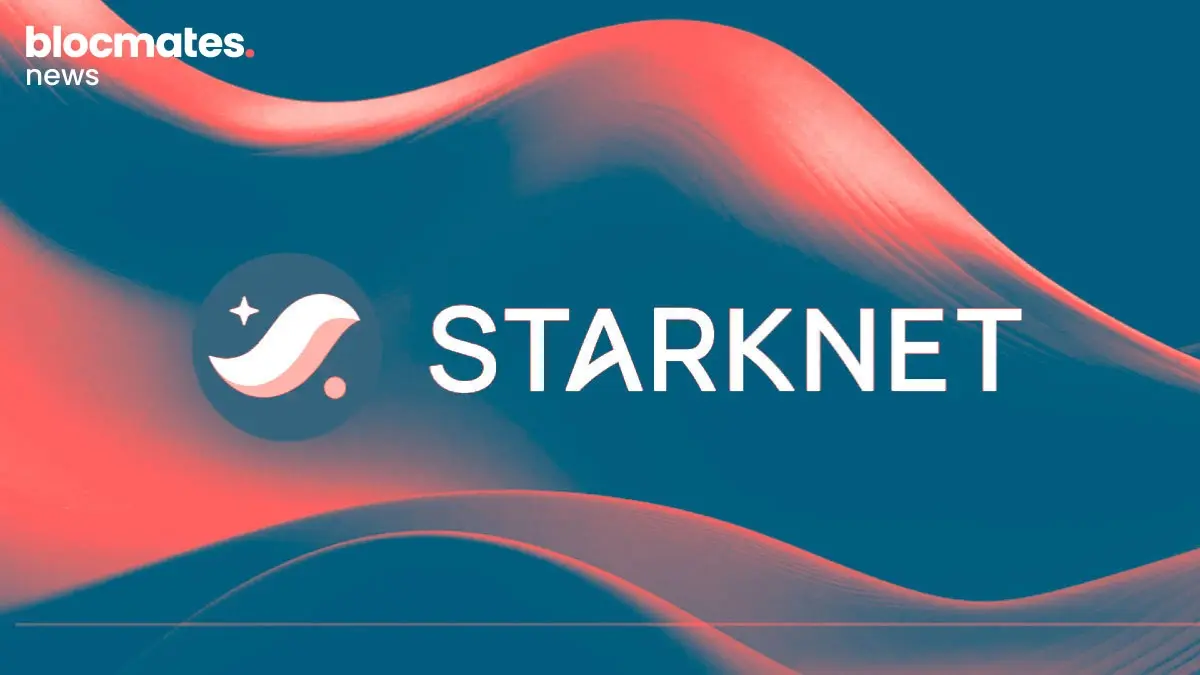It’s been 15 years since the inception of this industry – 15 years since the root of all our problems was born.
In 15 years, a lot has changed. We’ve seen a lot of innovation, experimentation, and adoption. But one thing hasn’t changed: Bitcoin still remains #1.
This fact has given rise to much debate about what comes after Bitcoin. Layer 1s, Layer 2s, NFTs, DeFi, and everything in between have caught everyone's eye, yet none of them have been able to make significant inroads into Bitcoin’s position at the top.
Therefore, when you hear chatter about “scaling Bitcoin” or “building on Bitcoin,” the main criticism it’s met with is “Bitcoin is good as is and doesn’t need changing.”
While there is some truth to this statement, everything isn’t black or white. It never is.
Times are changing, and crypto is now truly global.
We have ETFs in the US, Hong Kong, and the UK, adoption from countries like El Salvador, crypto on the balance sheet of some huge corporations, and there’s also talk about countries holding it as a treasury asset.
Bitcoin has always been and always will be inevitable. It’s one of the most resilient networks we’ve seen recently and will likely continue to be so. But times are changing, and so are the network's expectations.
Bitcoin has just begun its path to global adoption, and the adoption rate will only continue to increase. Hence, to expand the utility of the network itself, Bitcoin the asset needs to be made more useful and well-integrated.
If we want the masses to transact on Bitcoin, we must make it easier for them. Therefore, we must accept that some form of scalability is required. Something to expand the utility of this revolutionary network.
The race to become the best Bitcoin scaling solution is already well underway.
Technically, it started with Lightning Network, but that turned out to be relatively underwhelming in terms of functionality. The people want programmability.
Hence, you have the likes of Stacks, Botanix, RootStock, Merlin, and SatoshiVM, among others, all trying to grab market share when it's still early for Bitcoin scalability.
Each of these Bitcoin L2s has its own technical differences. For example, one may bring the EVM to Bitcoin, while another may build the whole stack from scratch using a different coding language.
Technicalities aside, what’s important to note is that this market is undervalued. Bitcoin L2s currently have a combined value locked of roughly $720M, while (at the time of writing) Bitcoin's market cap is around $1.1T.
As Bitcoin adoption grows, it’s only natural that we see the scaling solutions grow. However, in our opinion, there is one scaling solution that does things so differently that it may trump all the other L2.
That’s none other than the Core Network.

A primer
If you’ve kept up to date with our recent musings, you may know that we have extensively covered everything related to the Core Network.
First, we gave you the complete guide linked above, which we highly recommend checking out before diving into this article.
Then, we ran you through how Core unlocks DeFi on Bitcoin, and most recently, we gave you a comprehensive how-to guide showing you exactly how to get to Core and start using the chain.
We even launched an entirely new podcast production, A blocmates Orange, because the building taking place on Bitcoin inspired us so much.
If you haven’t already read our previous content and checked out the podcast, then first of all, sort your life out; what are you doing?
But secondly, don’t worry. We’re nice people here at blocmates, so we’ll give you a quick primer before diving into the rest of the article.
Core Network is a Bitcoin adjacent layer 1 chain that is EVM-compatible and runs on the consensus mechanism called Satoshi Plus.
Satoshi Plus is essentially a mix of delegated proof-of-work, delegated proof-of-stake, and non-custodial Bitcoin staking, an element recently added to allow BTC holders to participate in the validator election process.
Getting down to brass tax, what sets Core apart is its relationship with Bitcoin holders and miners.
For Bitcoin holders, any loyal holder can stake their Bitcoin on Core to earn Core block rewards without ever giving up custody of their coins. Given how large the Bitcoin market cap is, this addition of staked capital is a valuable security provider for the Core network.
In terms of miner alignment, Core essentially aligns incentives with Bitcoin miners, leveraging them for security and decentralization as they participate in Core’s consensus. Plus, for minimal effort, they get rewarded handsomely through Core block rewards.
Ultimately, miners are the backbone of the most secure blockchains. They help maintain the core tenets of security and decentralization, so supporting them is imperative.
As you may know, BTC miners often have patches where their operations are not profitable, which makes them struggle and, at times, stop operations altogether. Core steps in to help them get additional rewards for minimal effort, allowing them to keep their operations running smoothly.
By aligning closely with Bitcoin miners and holders while also being EVM-compatible, Core is set up to dominate the Bitcoin scaling solution sector.
That said, it’s time to get into the meat and bones of this article: the Core ecosystem.
The idea is to show y’all this vast and budding ecosystem so you guys know exactly where to go for your Core fix.
Core Use-Cases
As we mentioned earlier, Core is a layer 1, so the use cases enabled by Core are technically boundless and similar to any other layer 1 on the market. It provides the canvas for all developers to paint on.
DeFi
Arguably, the most popular use case is DeFi.
Trustless, permissionless, and censorship-resistant financial applications on a blockchain are a very powerful concept. However, recently, DeFi as a sector has not faired well.
There are a number of reasons for this, but the main one would be predatory practices from predatory teams which sucked the life out of retail investors, leaving them with a bad taste in their mouths.
The difference here is that Core enables a new branch of BTC DeFi with coreBTC. Now, users can trade with coreBTC, earn yield in coreBTC, and participate in any other DeFi activities, such as lending/borrowing using coreBTC.
coreBTC itself is really cool, but what makes Core stand out is that there are a bunch of high-quality DeFi protocols built on the chain that allow people to use their BTC like they never have before. coreBTC is simply the vessel that allows Bitcoiners to use Core without needing to trust a centralized middleman.
In addition, we know BTC’s capped supply mechanics give it a different appeal to Ethereum, so Bitcoin-specific DeFi applications could also be made, allowing Core to have a successful DeFi ecosystem.
Tokenization
Blackrock’s Larry Fink has repeatedly stated that he believes tokenization is the future.
The term tokenization itself is broad. It can involve NFTs ranging from anime PFPs to movie tickets. It can also involve tokenizing real-world assets such as treasury bills or real estate, making them more fungible and liquid. The possibilities are endless.
Core has the added benefit of being Bitcoin-aligned. With Bitcoin having a larger global mindshare, we can expect Core to be a big beneficiary of a tokenized future.
AI
Arguably, one of the most hyped sectors throughout this cycle has been AI.
There is no doubt that AI will play a major role in our future, but the primary concern is having a tool as powerful as AI in the hands of a few centralized entities. That level of power is almost never good.
Therefore, we’ve seen many crypto AI projects hit the market. Granted, the vast majority of them have been vapourware, but the idea itself of decentralized AI is important and powerful.
We expect the crypto AI sector to grow rapidly over the coming years, and we will likely see a fair amount of AI-related developments on the Core Network.
Cross-chain integrations
With so many chains in the market, cross-chain connectivity is imperative.
We have been focusing heavily on the BTC-aligned side of Core, but it is also important to remember that it’s EVM-compatible. Today, most on-chain activity still takes place on EVM-based chains, and it will likely continue to do so in the future.
Therefore, having cross-chain integrations with the vast majority of chains only makes sense to be connected to the broader crypto ecosystem.
Gaming
Gaming is another sector in crypto that has been talked about for a very long time, but very little has come of it.
However, those who have kept up with the sector may know that a number of top-notch games from top-notch publishers are coming to market very soon.
Now, there is nothing different about Core that makes it especially powerful for on-chain gaming, but just like any other chain, it is possible to create games on Core, and we are likely to see some good gaming mindshare reach this network.
CORE & BTC mining
Miners being rewarded is ultimately one of the most important things for a chain.
If a chain is well-utilized, it is profitable for miners. If it is profitable for miners, more will join, making the system more secure and decentralized.
With Core, Bitcoin miners need not change their current setup to participate in Core mining. So, while earning their BTC block rewards from mining Bitcoin, they can also earn CORE rewards by participating in Core’s consensus, giving them an additional path to profitability.
Put simply, Bitcoin miners get 0-cost rewards, and Core gets miner security. Match made in heaven.
This is something uniquely enabled by Core.
Core Ecosystem
Now that you understand the broader potential use cases for the Core Network, let’s explore the ecosystem and some of the popular protocols you can use.
Note that this will not be a comprehensive list. It will only be a selection of a few so if you would like to know about more projects, then you can find them all here.
Exchanges
The most important element of any new chain for us degens are the DEXs.
Archerswap
Archerswap is one of the top DEXs on Core Chain and offers an all-in-one trading experience.
You have the classic AMM, where users can trade coins, but beyond that, there are a bunch of additional features like NFT staking, token creation, vaults, launchpad, and yield farming.
The people seem to love Archerswap, and you can expect it to grow as Core grows.
Glyph Exchange
The other popular platform is Glyph.
Glyph uses the popular Ve(3,3) model as the base of their AMM, but beyond that, they hope to enable additional features.
For starters, they have a token creator product coming very soon. Moreover, they have developed an inscription assets standard to make it easier to trade inscripted assets on smart contracts.
So whether you want regular ERC-20 assets or inscription-based assets, Glyph has you covered.
CoreX
The second biggest DEX in terms of TVL after Glyph is CoreX.
CoreX has just released their flagship V3 DEX where users can swap tokens, provide liquidity, and also utilise their ‘earn’ products to get some extra yield.
They are backed by Core ventures as well as HTX ventures and are now an integral part of the Core ecosystem.
Viridian
Viridian is a ve(3,3) AMM.
The ve(3,3) model has proven successful in other new ecosystems, and Viridian plans to implement it in Core and become the base layer of liquidity and trading activity on the Core network.
In addition, this ve(3,3) formula is familiar to most EVM LPs, so bringing them to the Bitcoin DeFi ecosystem will become that much easier with Viridian.
Aggregators
Another big part of the on-chain experience is aggregators. These essentially find the most efficient route to execute any transaction.
Core has a bunch of them.
IceCream Swap
IceCream Swap is an AI-based DEX aggregator. But beyond an aggregator, it also aims to be a one-stop shop offering other services such as bridging, farming, and staking.
Their main benefit is that they source liquidity from every available source and connect the Core Chain to the vast majority of other chains seamlessly.
Akka
Akka is another AI-based DEX aggregator.
They differ in a couple of ways, though. They are essentially a cross-chain aggregator that provides a unified source of liquidity across multiple chains, allowing users to make the most efficient swaps across chains in any token-to-token format.
Their AI models also do a bunch of other cool things, like arbitrage scanning, to allow users to earn a little more profit.
Having them connected to Core will be great for general connectivity and activity.
Rubic
Rubic is a very popular cross-chain and DEX aggregator boasting close to $800M in volume.
They are said to have amongst the best rates in the sector and are also a part of the core ecosystem. Being integrated with such widely used cross-chain aggregators is always a good thing to bring activity to a chain.
DeFi
Now, let’s look at some more general DeFi products.
Bitlen
Bitlen calls itself a liquidity hook money market primarily focused on BTC DeFi.
It uses its advanced algorithms to give users amongst the highest-yielding lending opportunities. It’s currently available on Core and B-squared Network. The team essentially aims to create a highly liquid lending market for BTC.
Bit Reserve
The main product on offer by Bit Reserve is a yield-bearing form of BTC called RBTC.
The idea is for it to be a Bitcoin-backed reserve currency of sorts, which earns its yield through staking, restaking, bonding, and LP fees. All of this allows holders of RBTC to hold BTC while earning yield.
Colend
Every chain needs a native money market for lending and borrowing activities. It’s a cornerstone piece of any new chain.
Would you look at that? It’s all covered on A blocmates Orange, too.
For Core, the native money market is Colend. It is a peer-to-peer lending and borrowing market. You can lend to earn fees, borrow to leverage exposure and vote for protocol changes. But something interesting is that they also have an NFT.
Holders of this NFT will get a portion of their token airdrop, governance power, as well as a crypto credit card that is going to be made by them in the near future.
Dorian Finance
Another player in the money market realm is Dorian.
There is nothing particularly special or different about Dorian, but it is a competitor to Colend. It currently has five assets on offer: ETH, USDT, USDC, coreBTC, and CORE.
As the Core ecosystem continues to grow, it is only natural that some of the activity will flow here.
Zoth
Zoth is more on the RWA side than DeFi, but there are some overlaps.
It aims to essentially be the bridge between traditional finance and on-chain finance since they believe that this crossover is inevitable.
Things like government bonds, corporate credit, or fixed-income products are all brought on-chain and made far more efficient with stablecoins through Zoth.
NLX Protocol
Similar to how DEXs and money markets are cornerstone pieces of any chain. Nowadays, so are perpetuals markets.
NLX Protocol is Core’s most popular perpetuals exchange. It uses a liquidity pool model over an orderbook and BTC as the base asset for trades. So all trades will be settled and made in BTC.
Leverage is crypto’s most popular product, and NLX is offering it on Core.
Avalon
Avalon is a lending protocol that already has upwards of $300M in TVL.
Their product is already live on other EVM chains and now they want to expand their cross-chain lending product to the Bitcoin ecosystem.
The aim is to integrate with Core and become the biggest BTC lending platform across all ecosystems, allowing them to further grow their TVL and increase the base of collateral for their stablecoin.
NFTs
Wizard Gallery
Wizard Gallery is the go-to NFT marketplace of the Core ecosystem.
It provides a very sleek and simple UI, allowing users to buy or even create their own NFTs.
All the collections native to Core Chain can be found and traded here, so if you like NFTs, Wizard Gallery is the place to be.
Gaming
Altura
Altura is more of a dev tooling application than an actual game.
In general, this platform simplifies the game development and distribution process. It provides SDKs for developers and other infrastructure to make it trivially easy to deploy games on Core.
Joyride Games
Joyride Games is a top publisher that makes a bunch of fun casual games.
Some of their more popular titles are Bingo Royale, Solitaire Blitz, and Blakcjack Blitz. They will be bringing this gaming experience on-chain with Core, which is pretty exciting for the growth of Core’s gaming ecosystem.
World Of Dypians
World Of Dypians is a MMORPG. This means players can enter the WoD universe and participate in quests, battles, and ultimately build their own destiny in this vast world.
It combines the elements of your favorite Web2 MMORPG’s and adds some blockchain elements to the economy to make the game unique and enticing.
Pixudi
Pixudi is a race-board game in which players compete with one another to collect more treasures and complete more missions in order to get ahead in this race.
By combining blokchain elements to a simple Web2 style game, the idea behind Pixudi is to give Web2 users an easy entry into the world of blockchains in a fun and light-hearted manner.
Once they are familiar with the basics of using a blockchain, it will be easier for them to explore other applications as well.
PlayZAP
PlayZAP is a platform that offers free to play skill based games.
This genre has become very popular in recent times, especially on mobile, the difference is that PlayZAP itnroduces the concept of a token economy as well as NFTs integrated within the games to make it more unique and immersive.
These are just a few of the popular games on Core; for a more comprehensive list, check out the Dapp Radar page.
Concluding thoughts
When you look at what Core has in store for the near future, the network is still in its very early days.
The plan is to go full steam ahead with BTCfi. It already has the staking service and wrapped version of BTC in coreBTC ready. Now, it’s all about creating an ecosystem of integrations and use cases around it.
If Rich and the team manage to get adoption around coreBTC, then everything will snowball from there. They already have one of the strongest communities.
They already have a team of gigabrains. The ecosystem has active builders. They are also actively making new partnerships with industry leaders.
In our opinion, if Bitcoin is inevitable, then Core is as well. The question is, how long will you wait before hopping on the Core train?
Side note, to not miss any of the headlines be sure to keep tabs on our crypto news section and our full crypto research reports here.






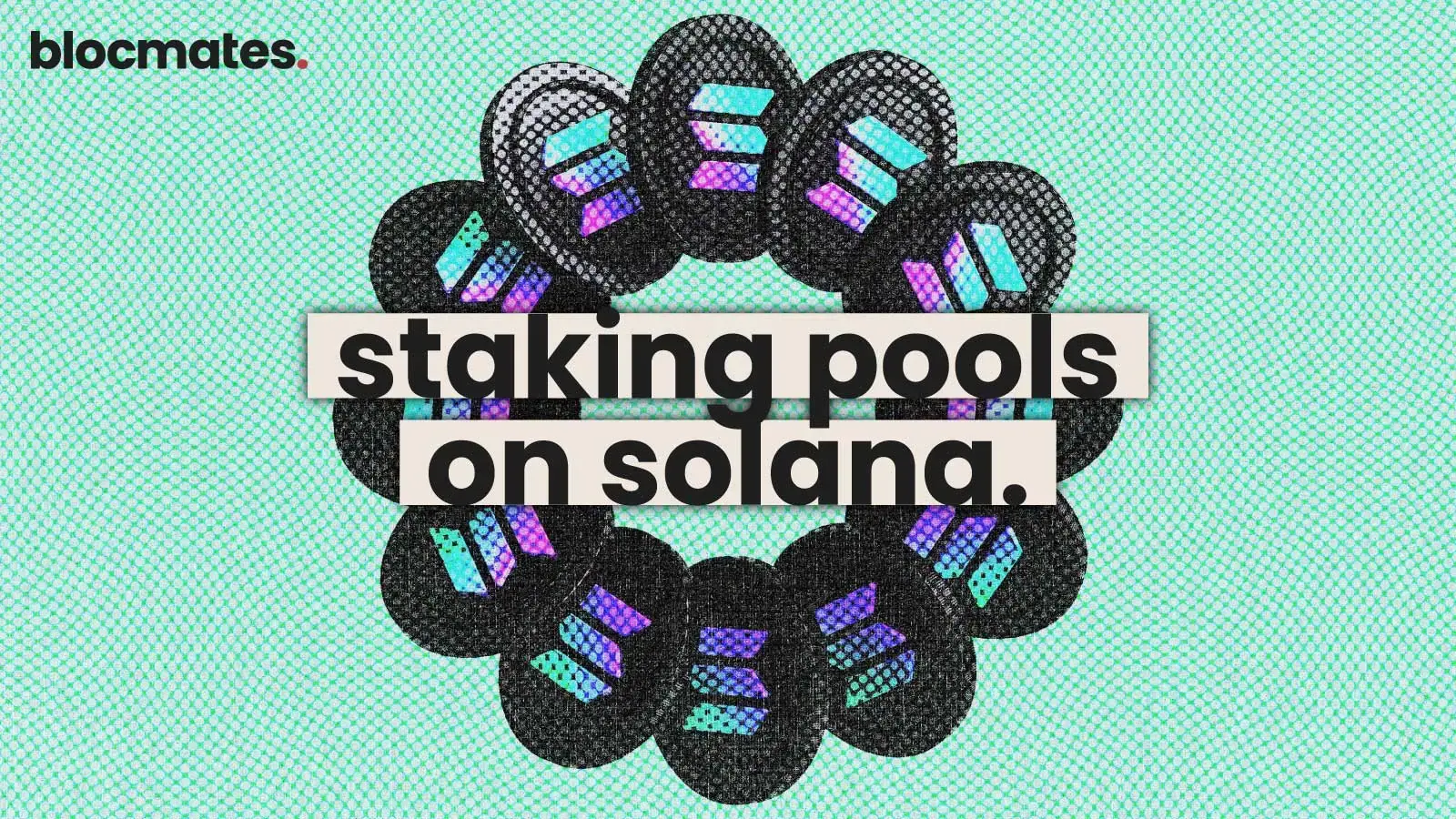





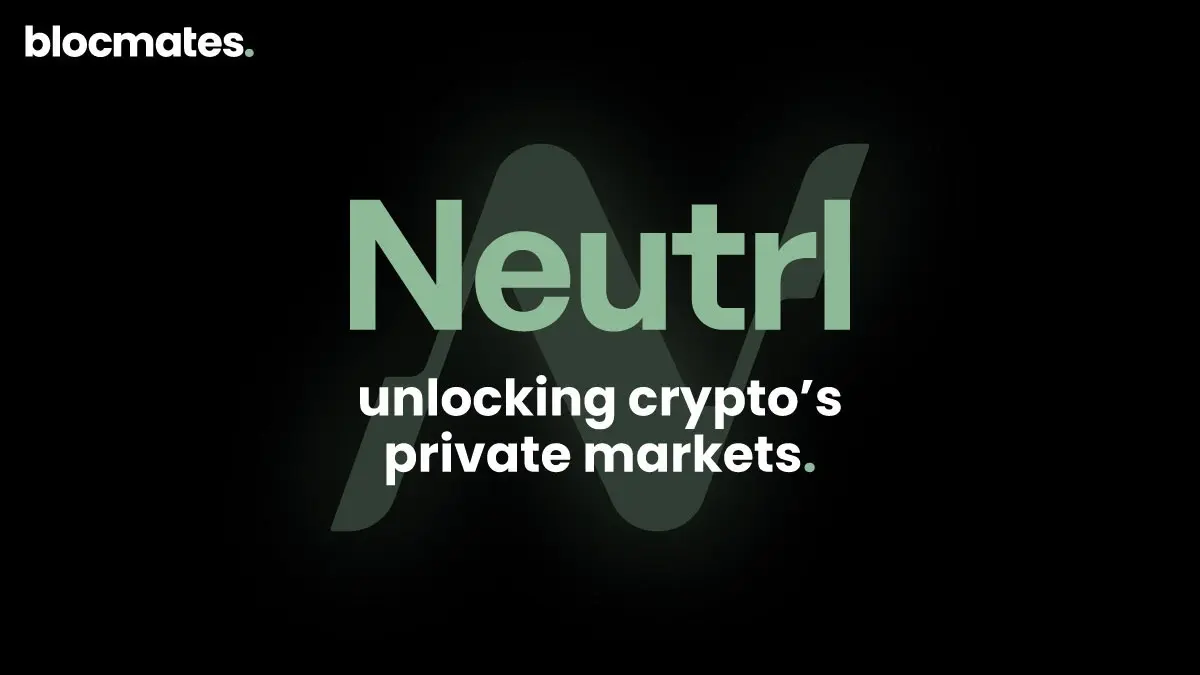


.webp)

.webp)
.webp)
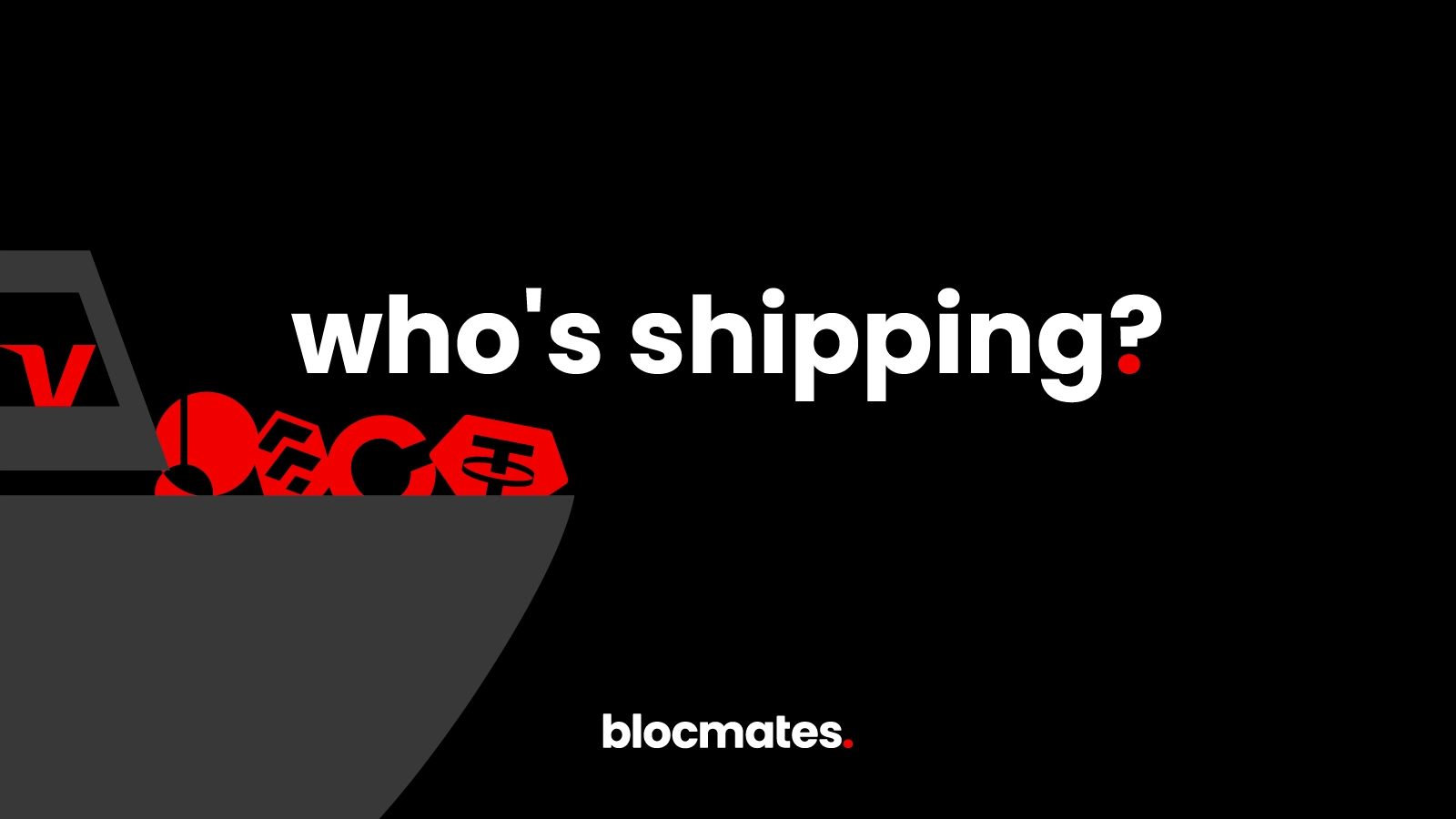
%20(1).webp)
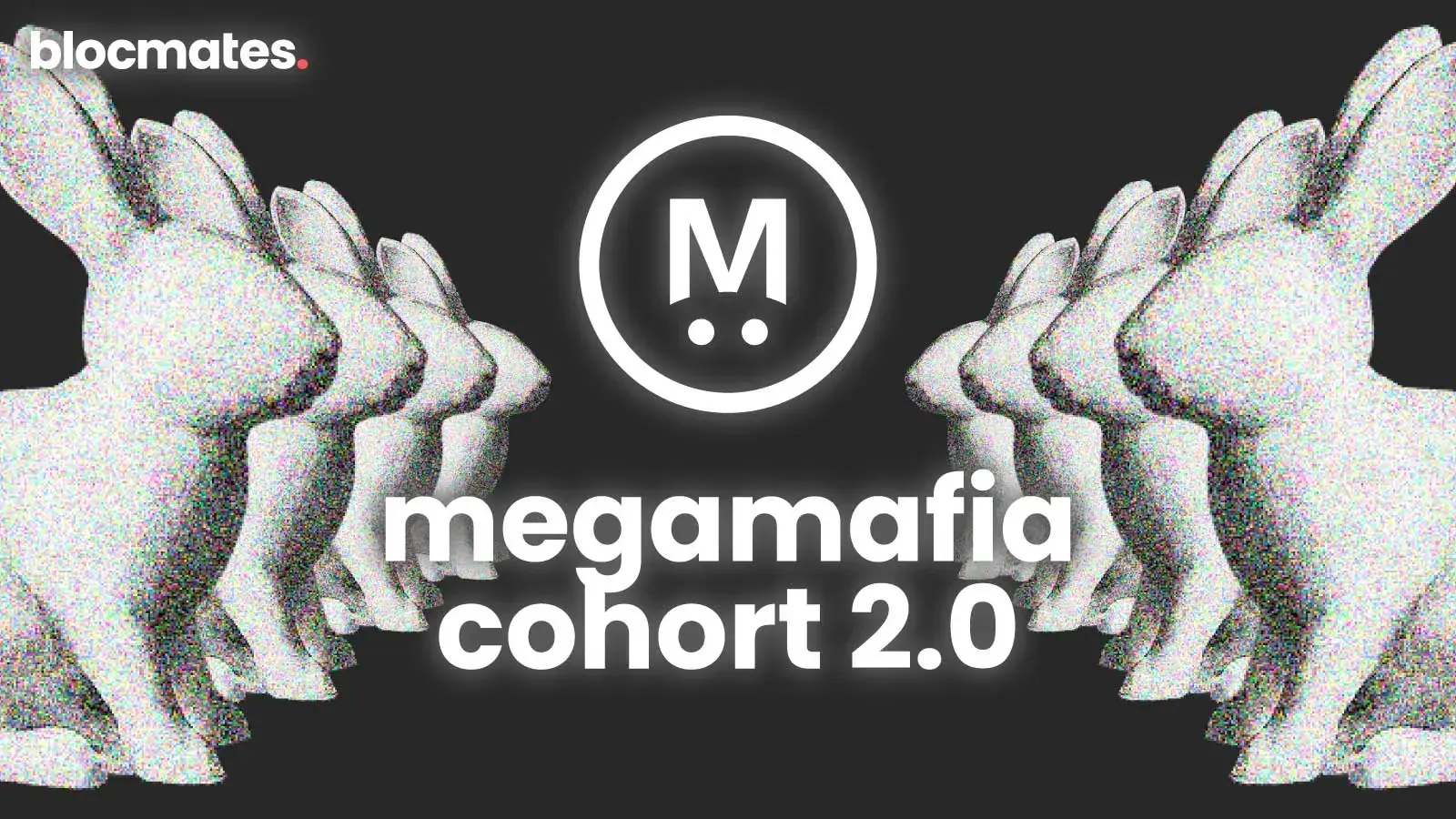
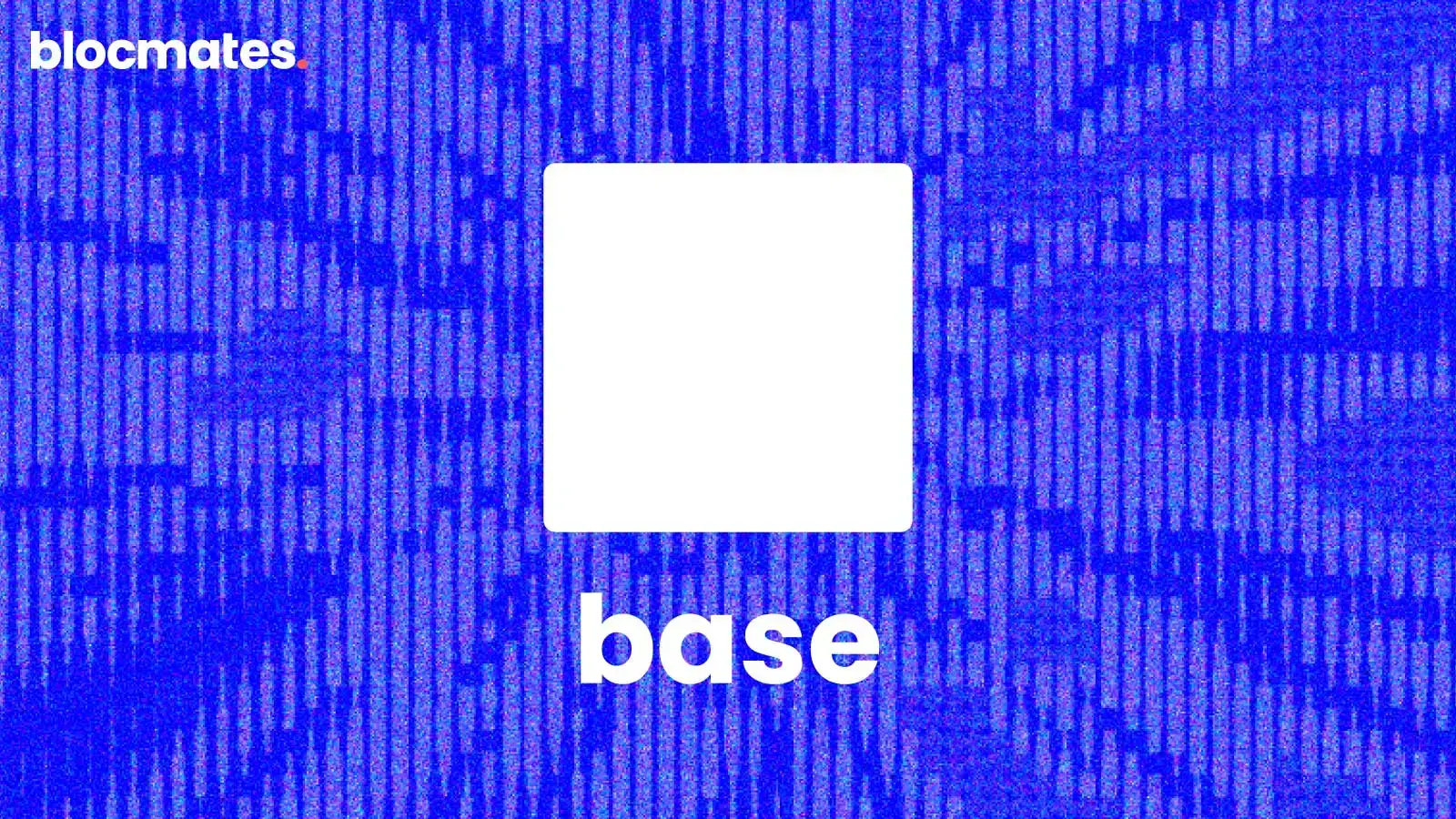
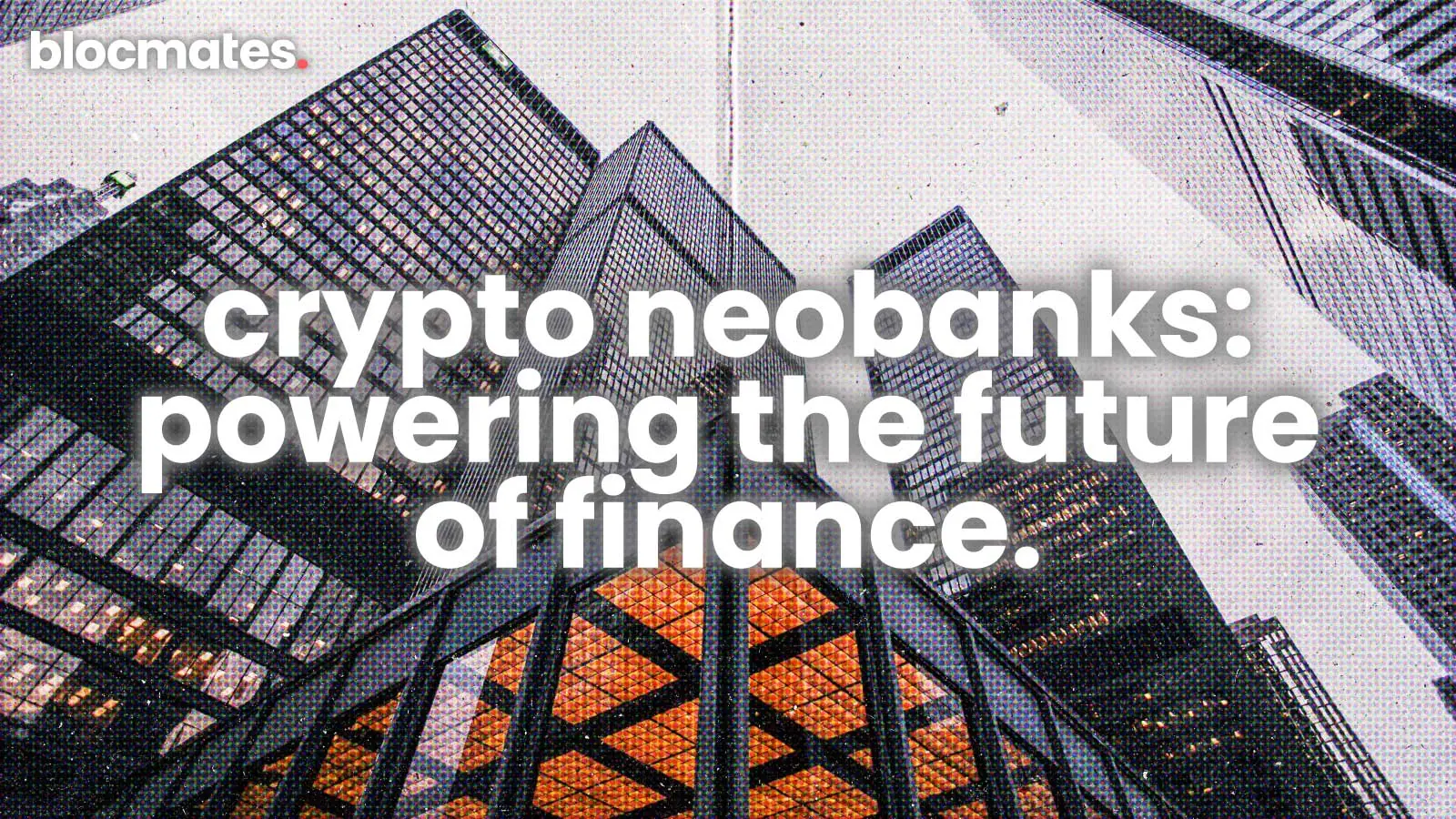


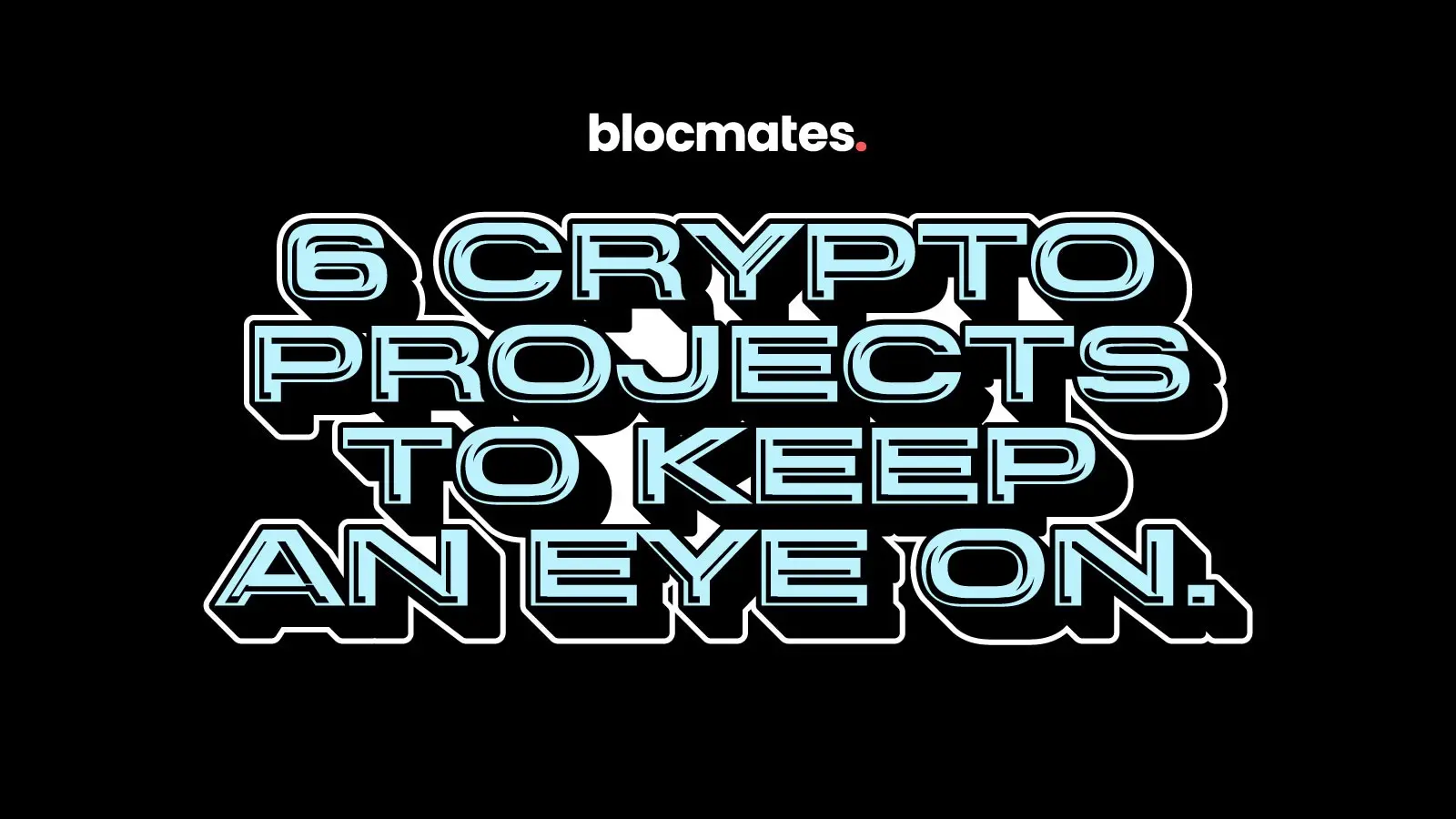
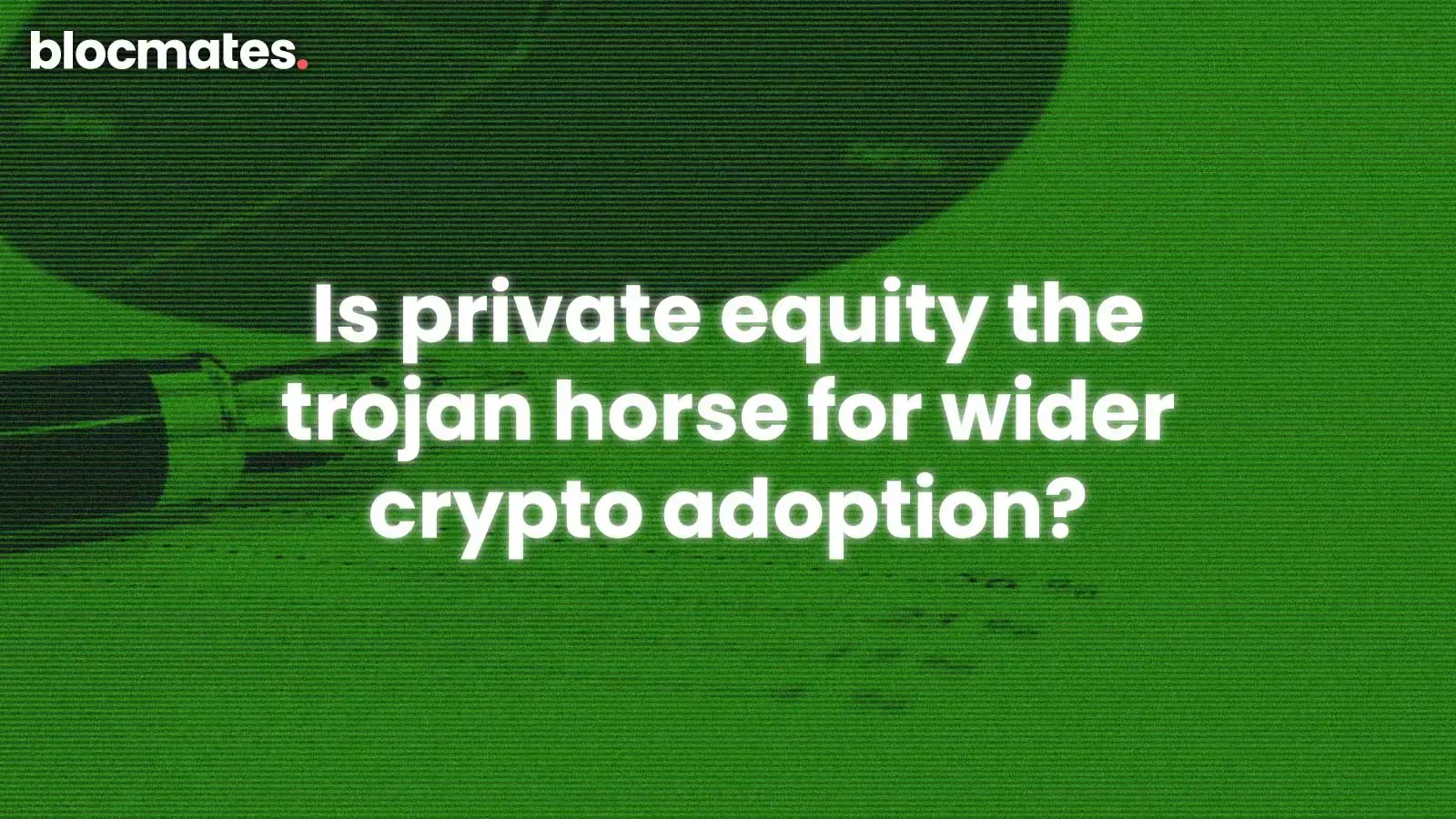
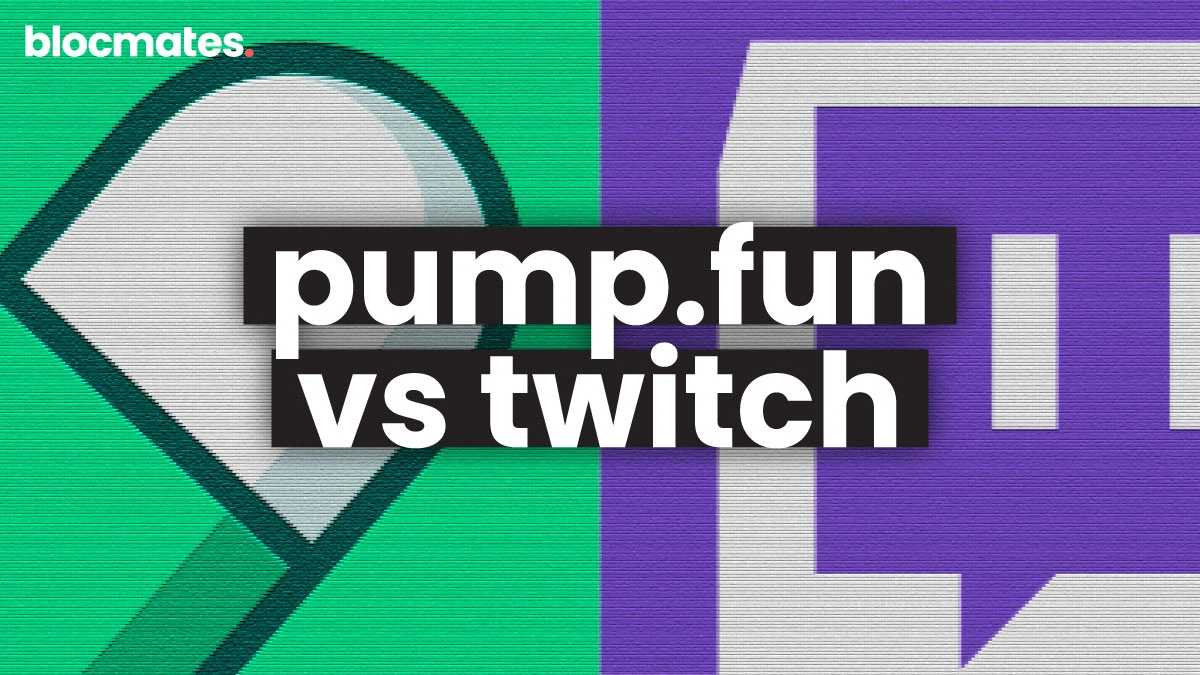

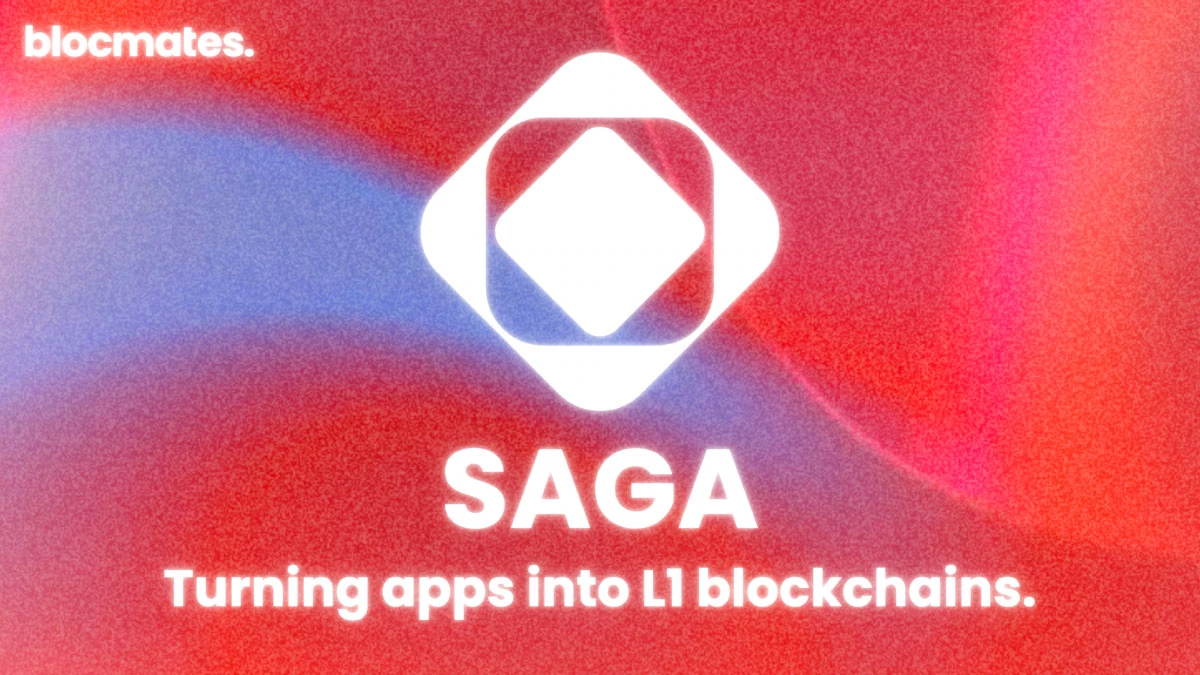

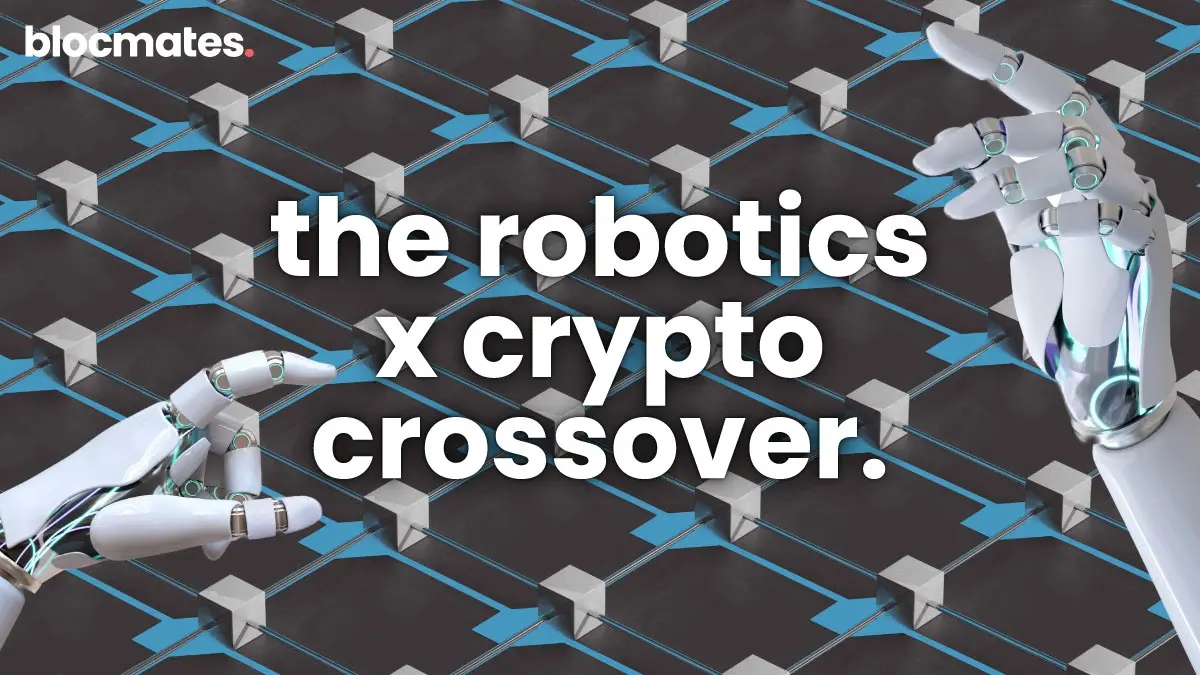
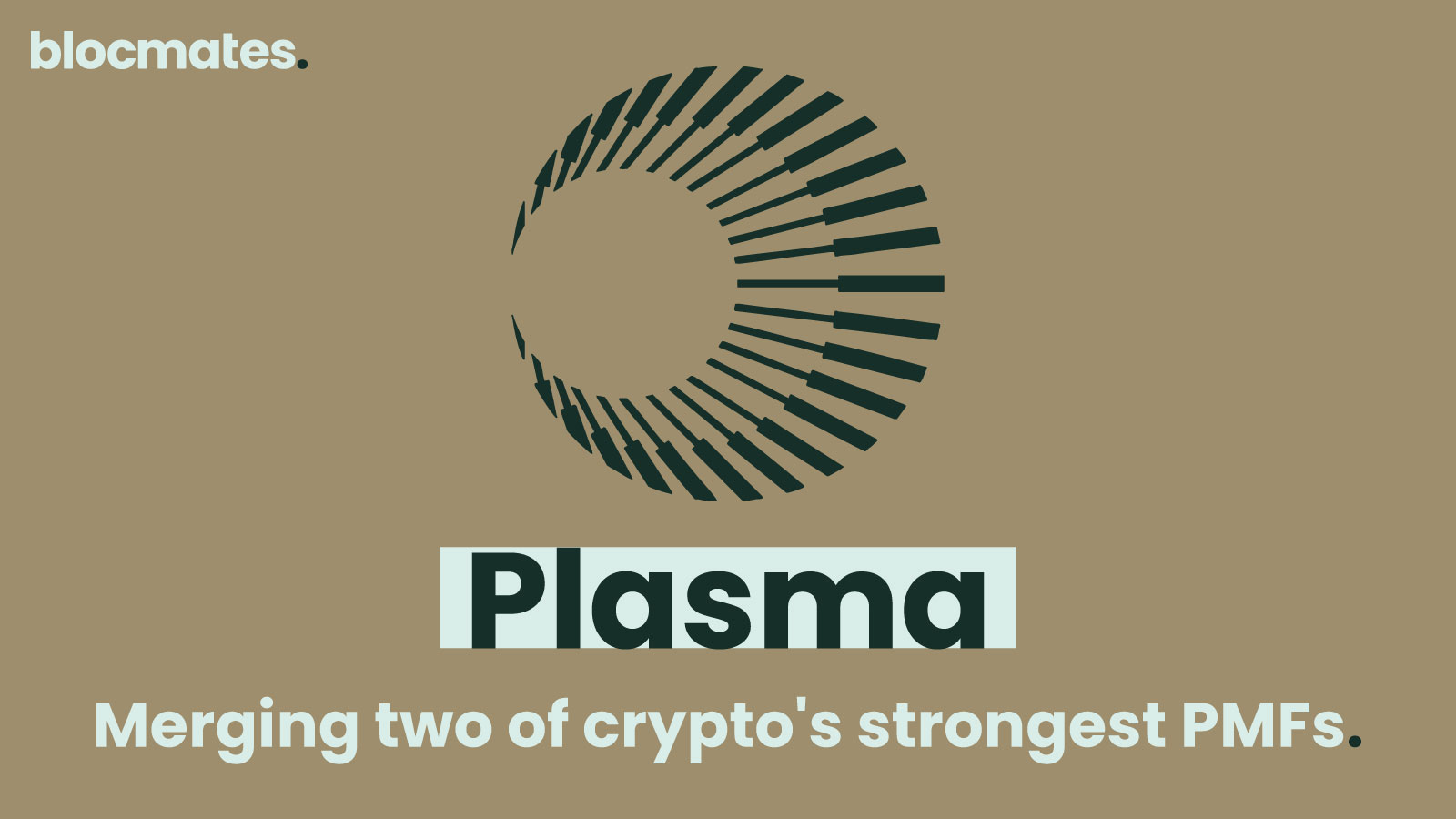

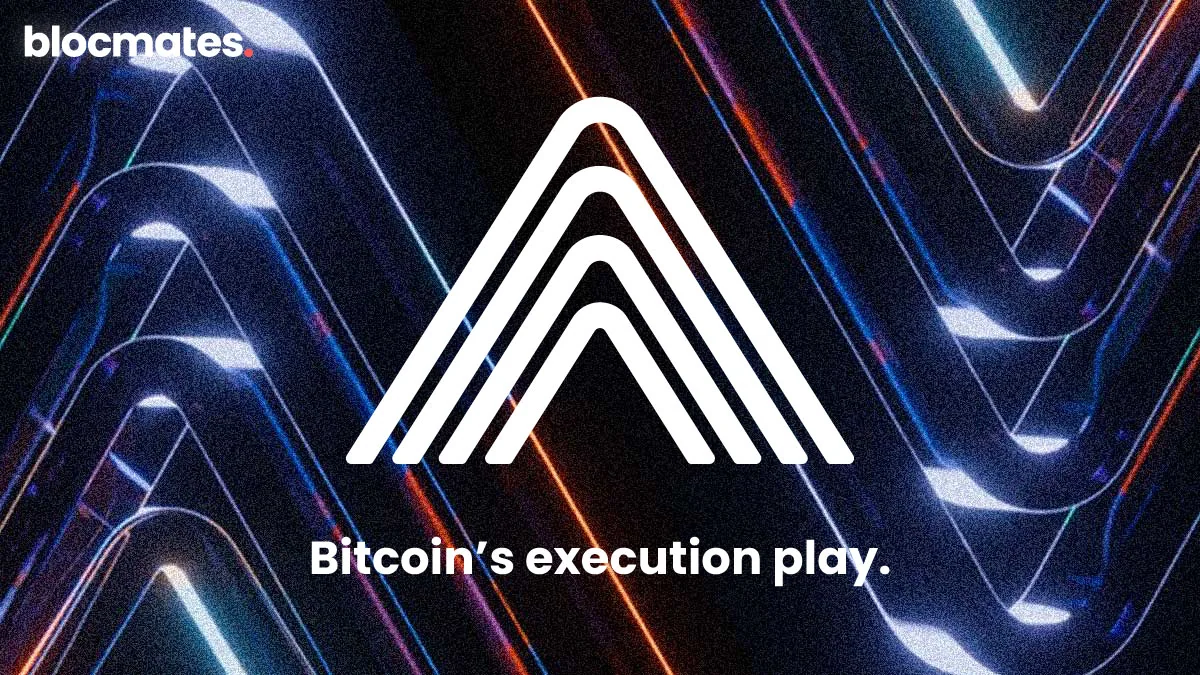
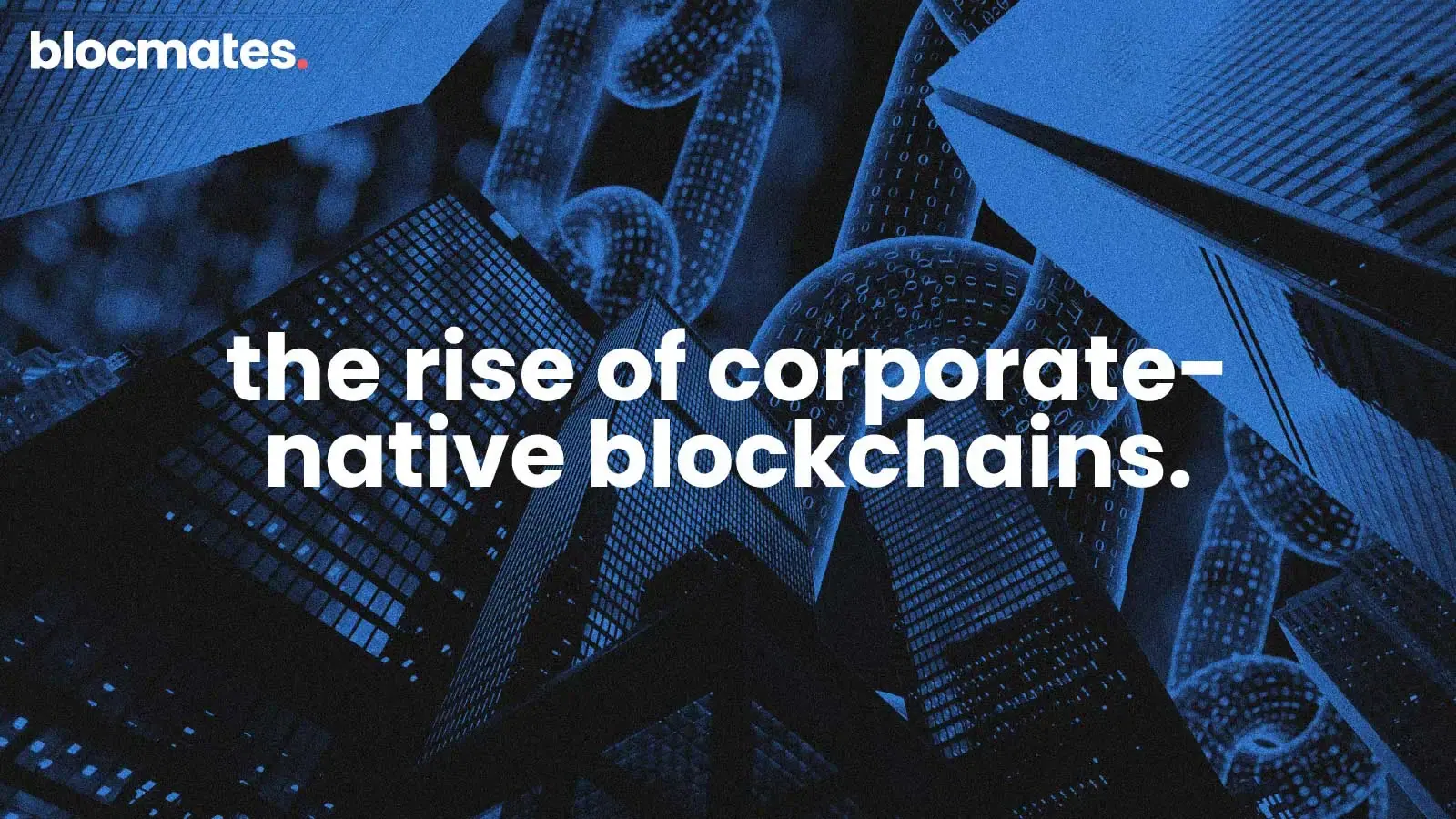
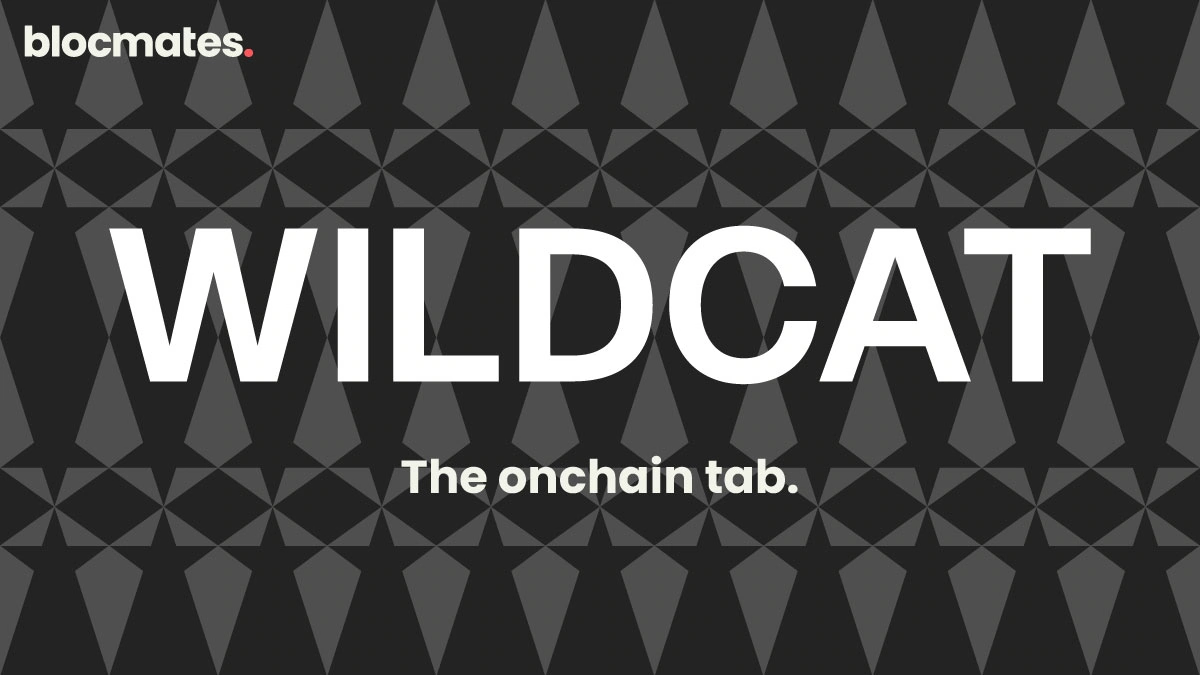
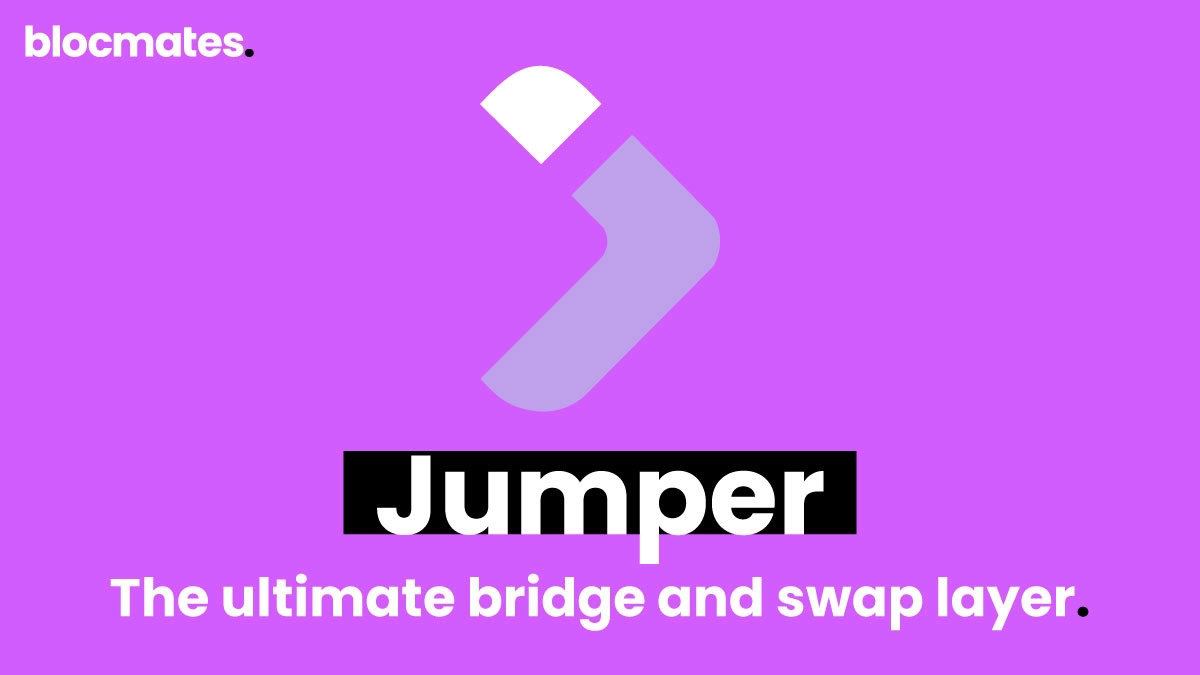
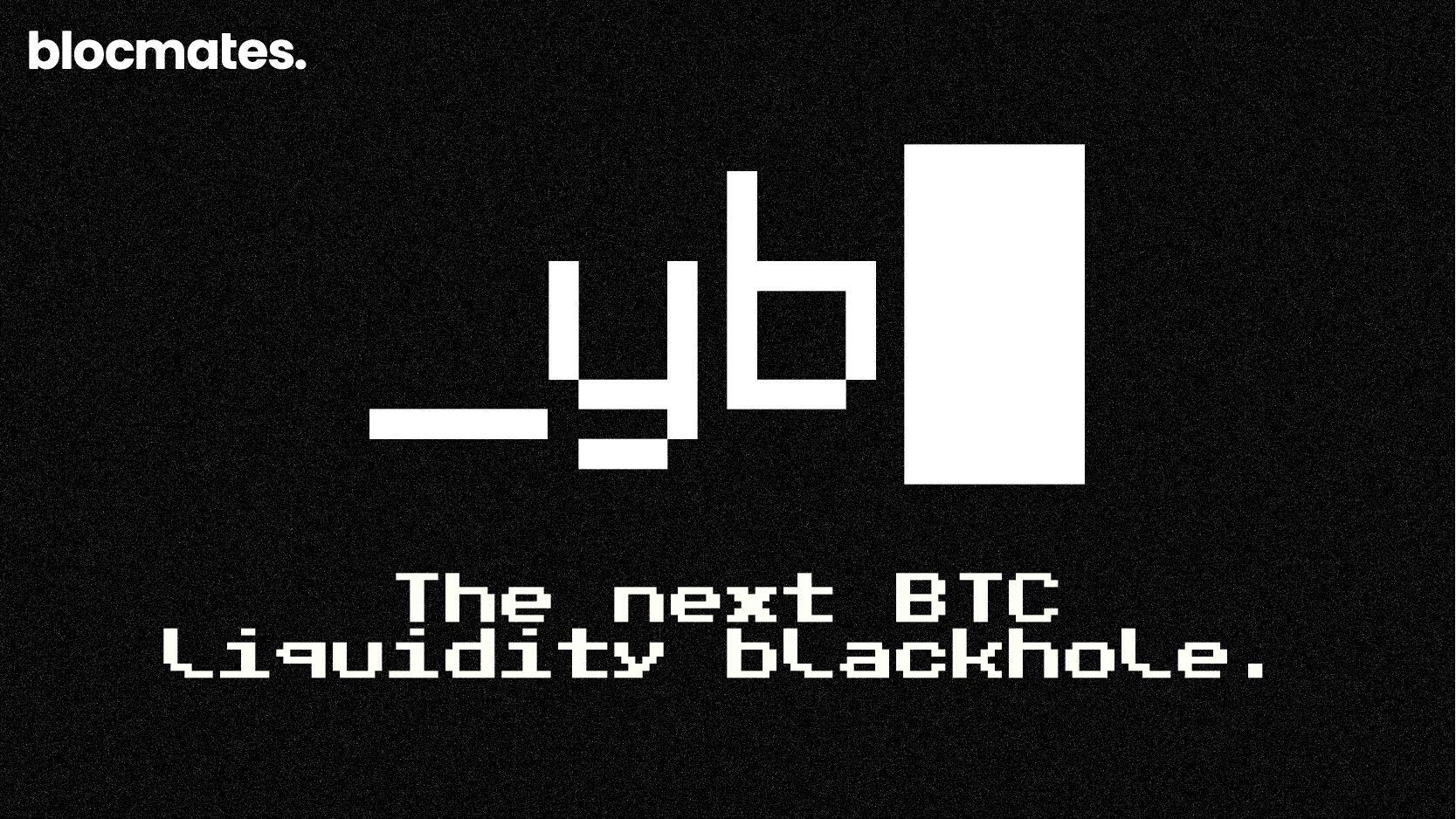
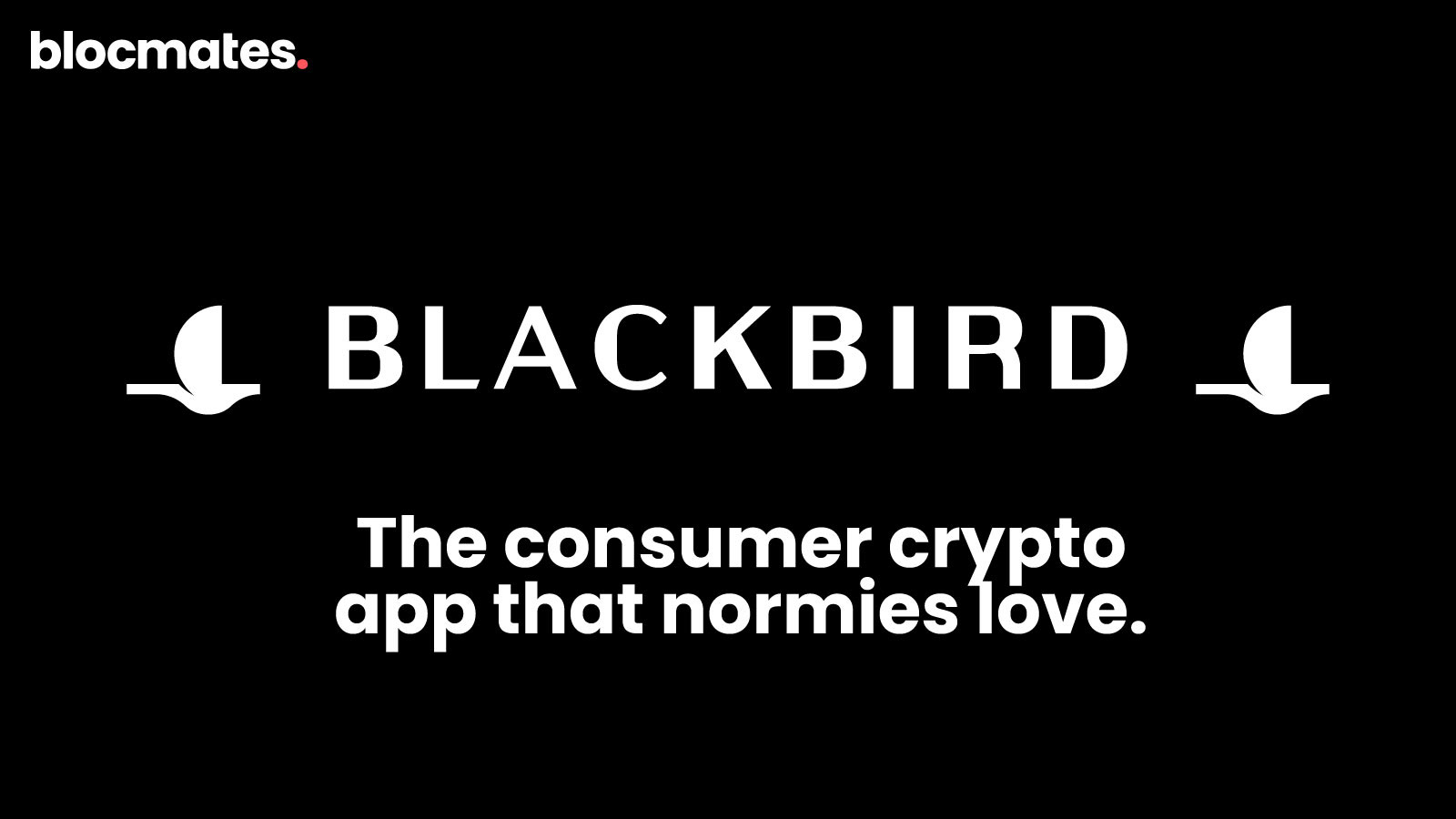
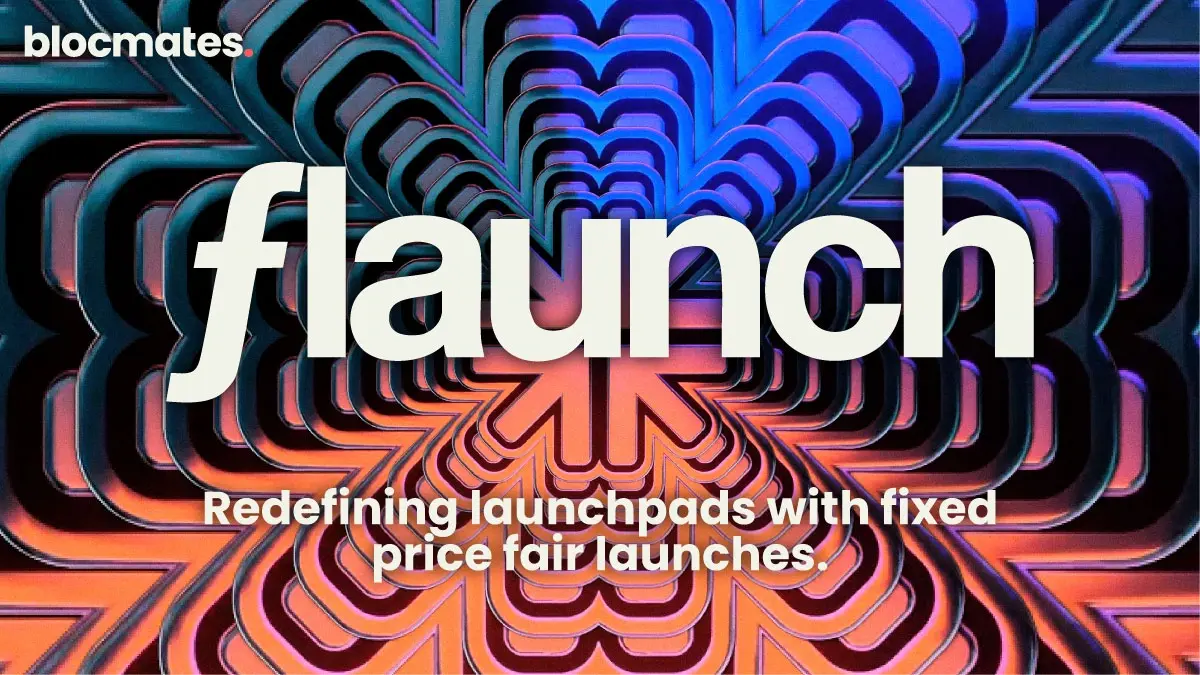

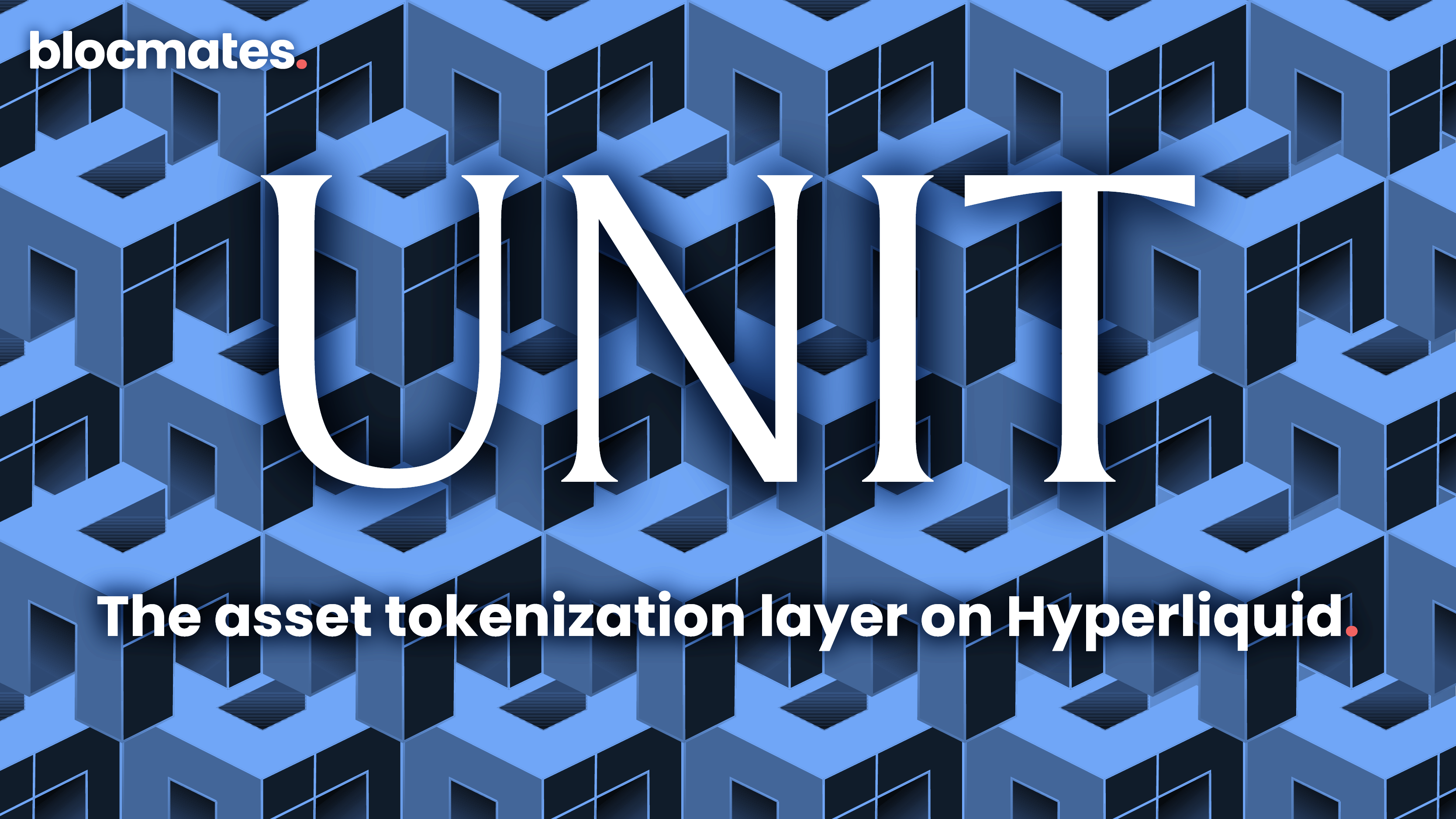



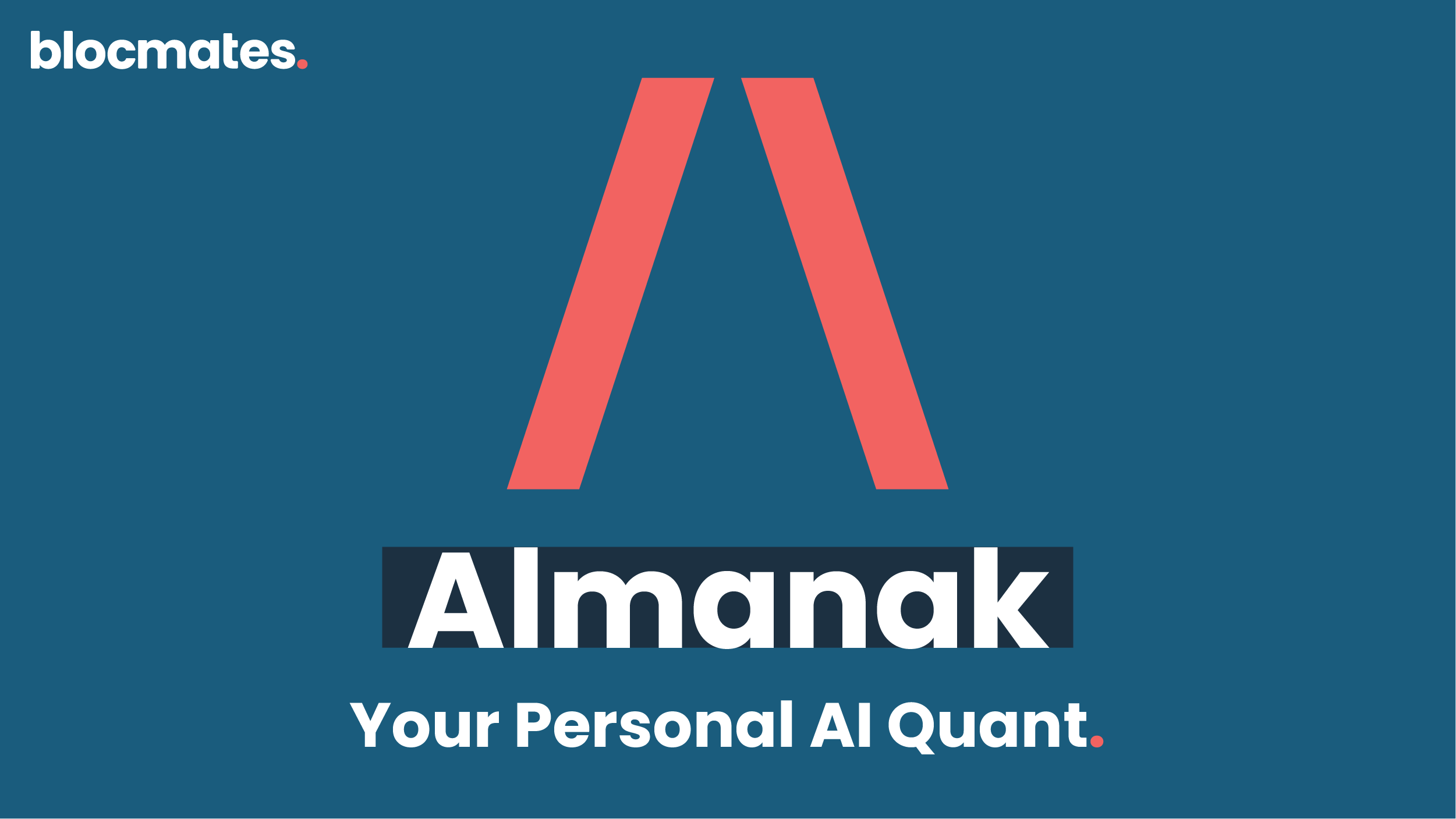
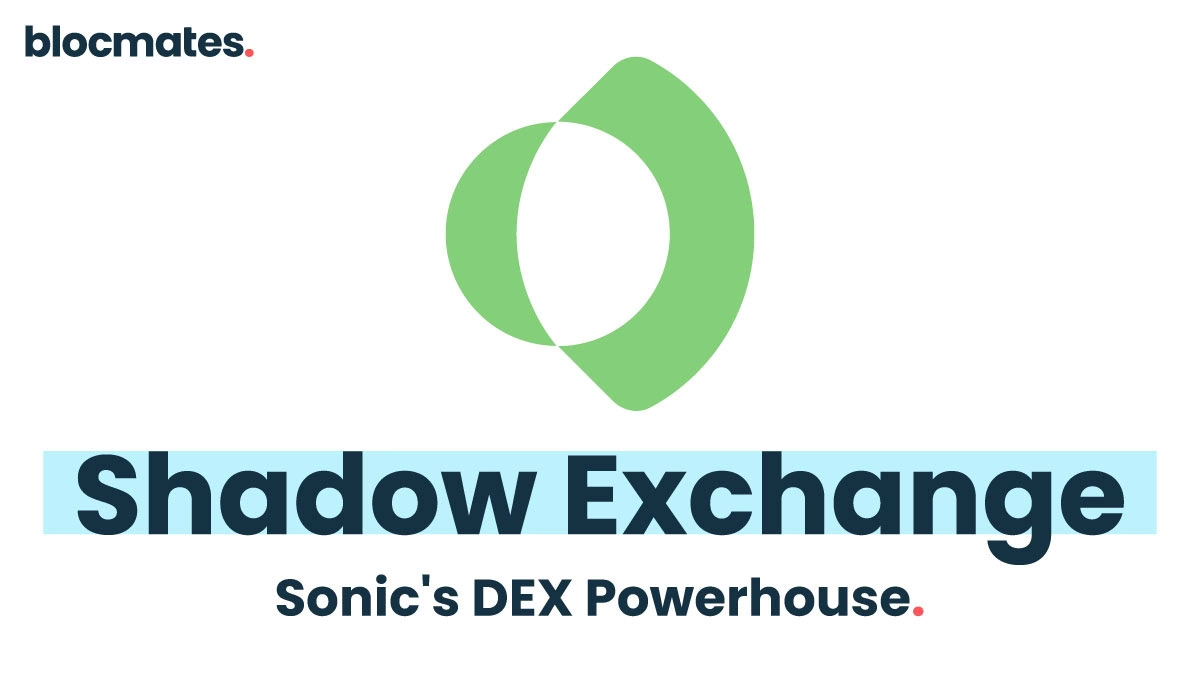


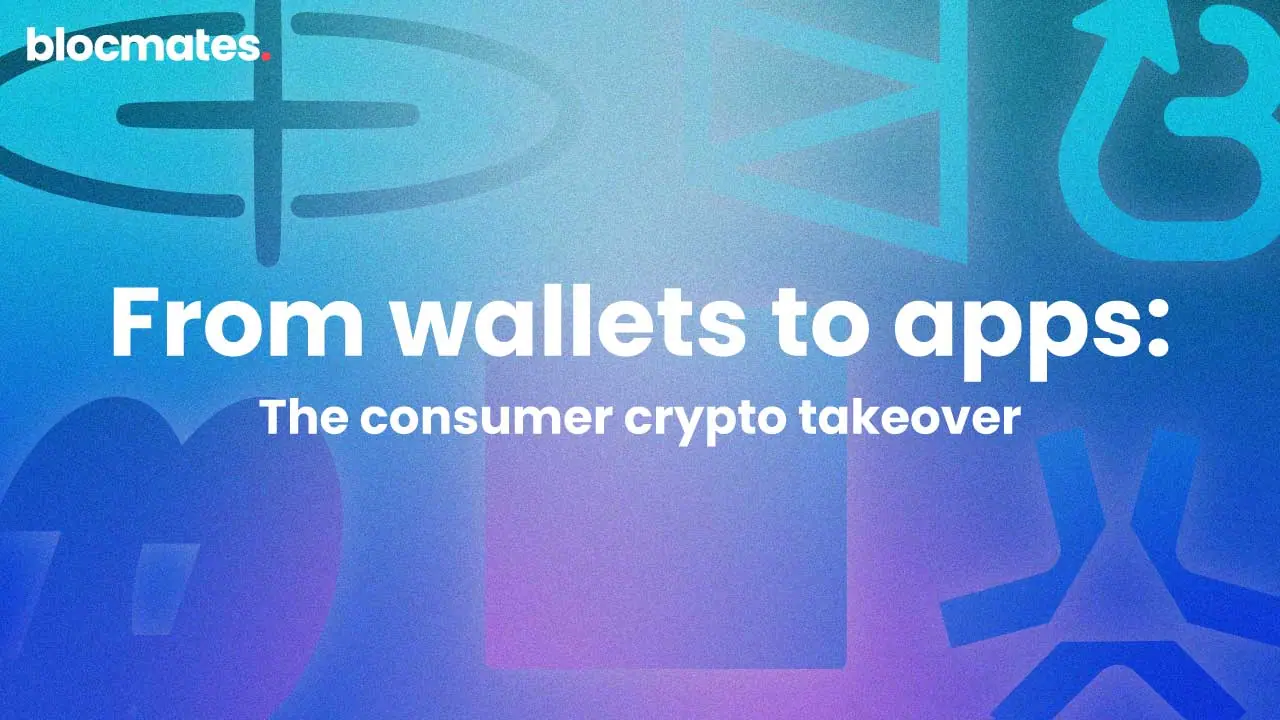


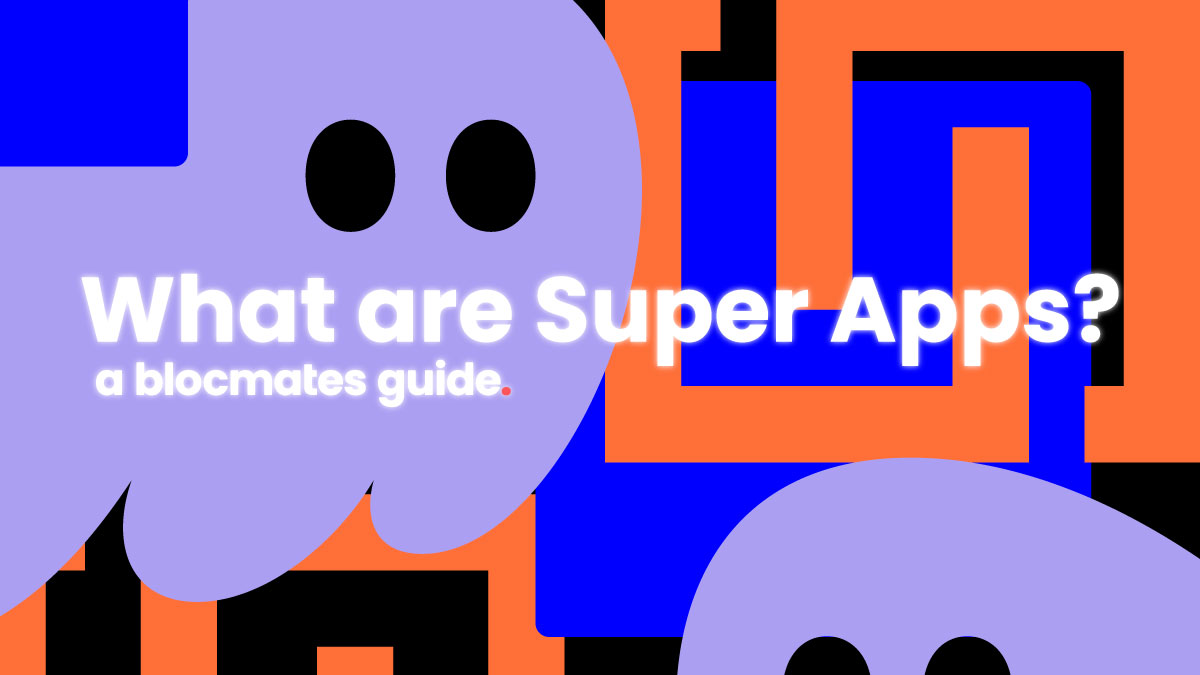
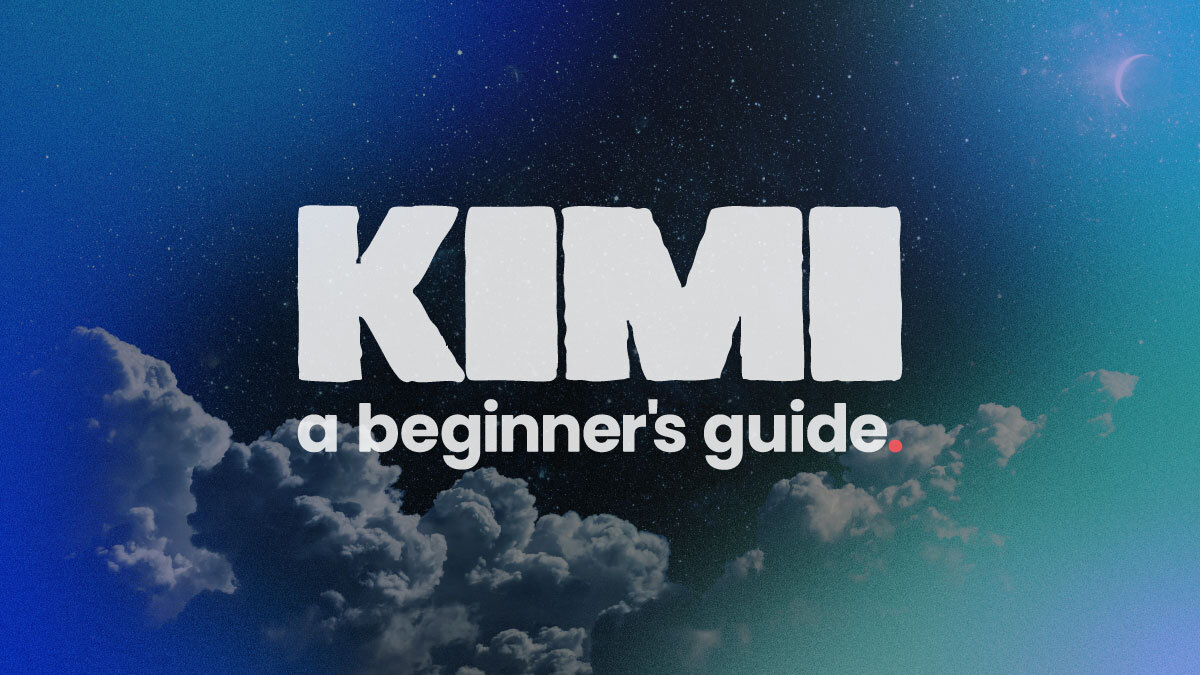
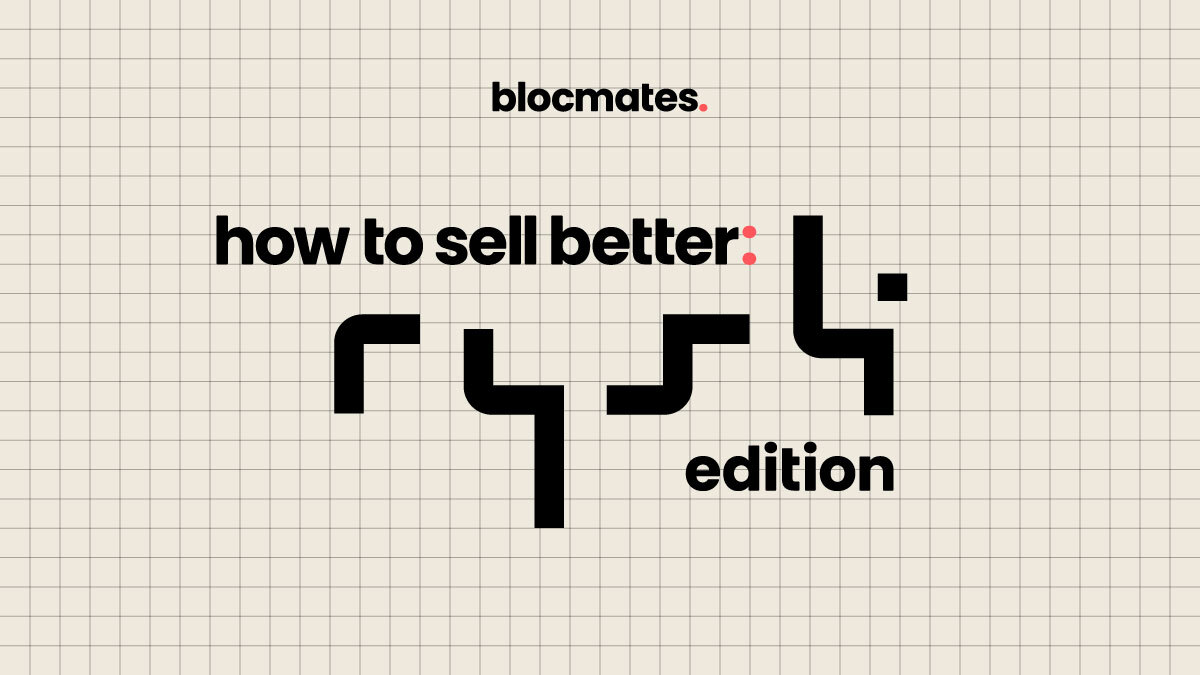
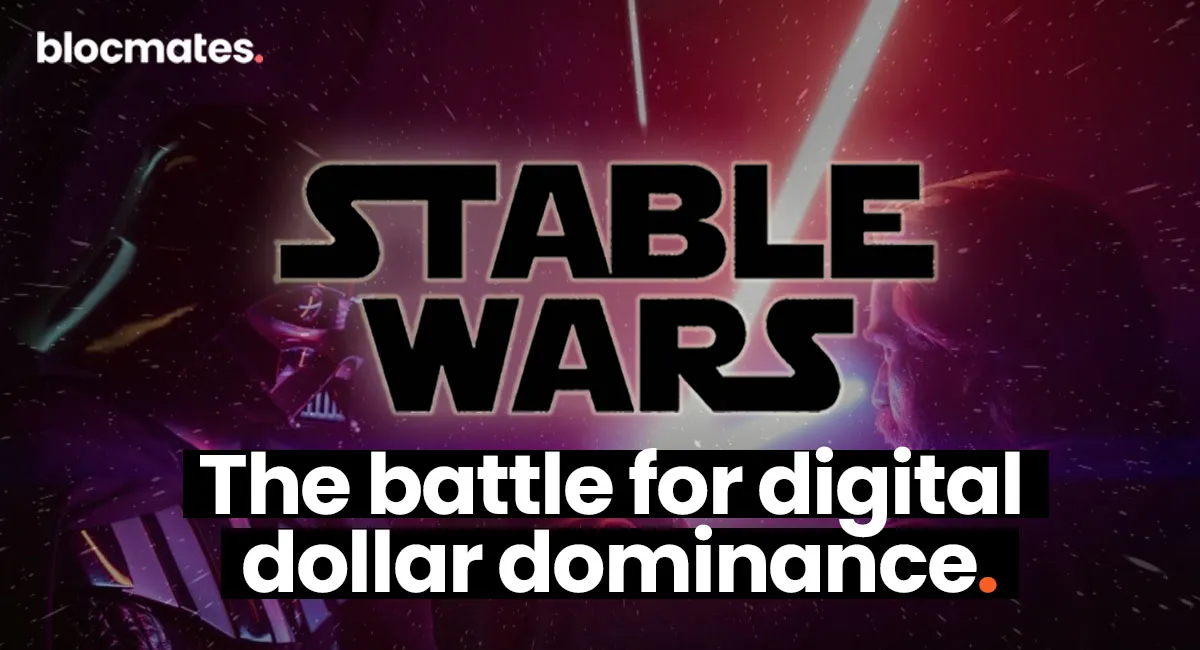

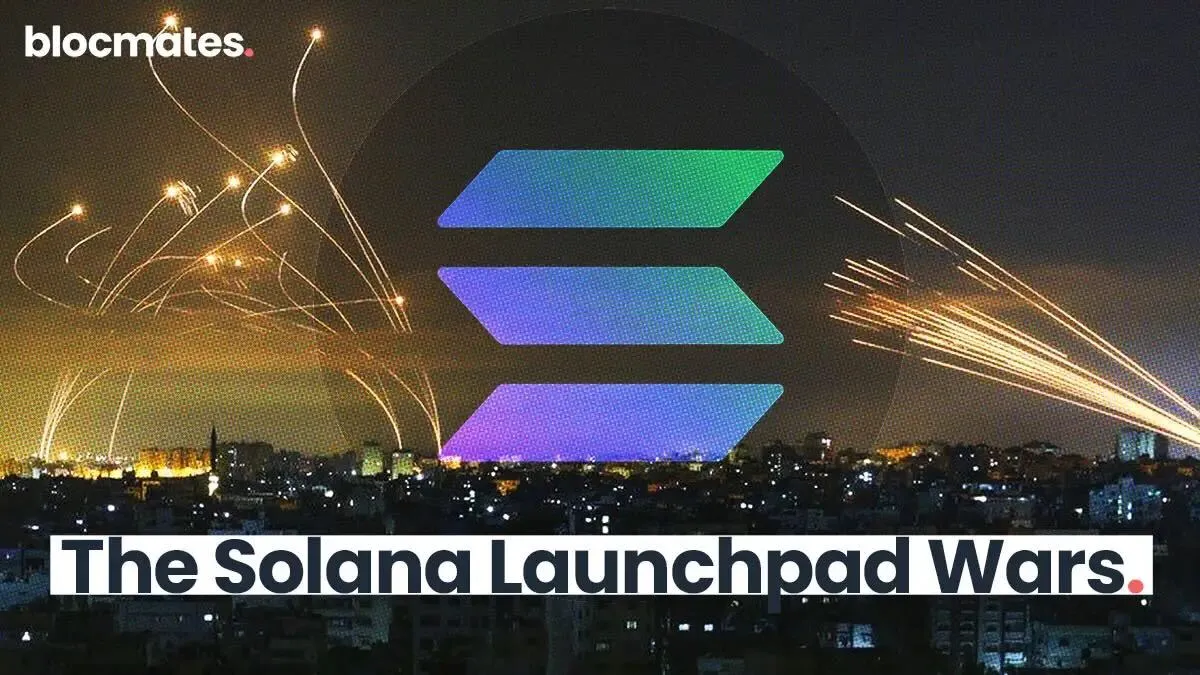




















%202.webp)


.webp)

.webp)
.webp)
.webp)



.webp)

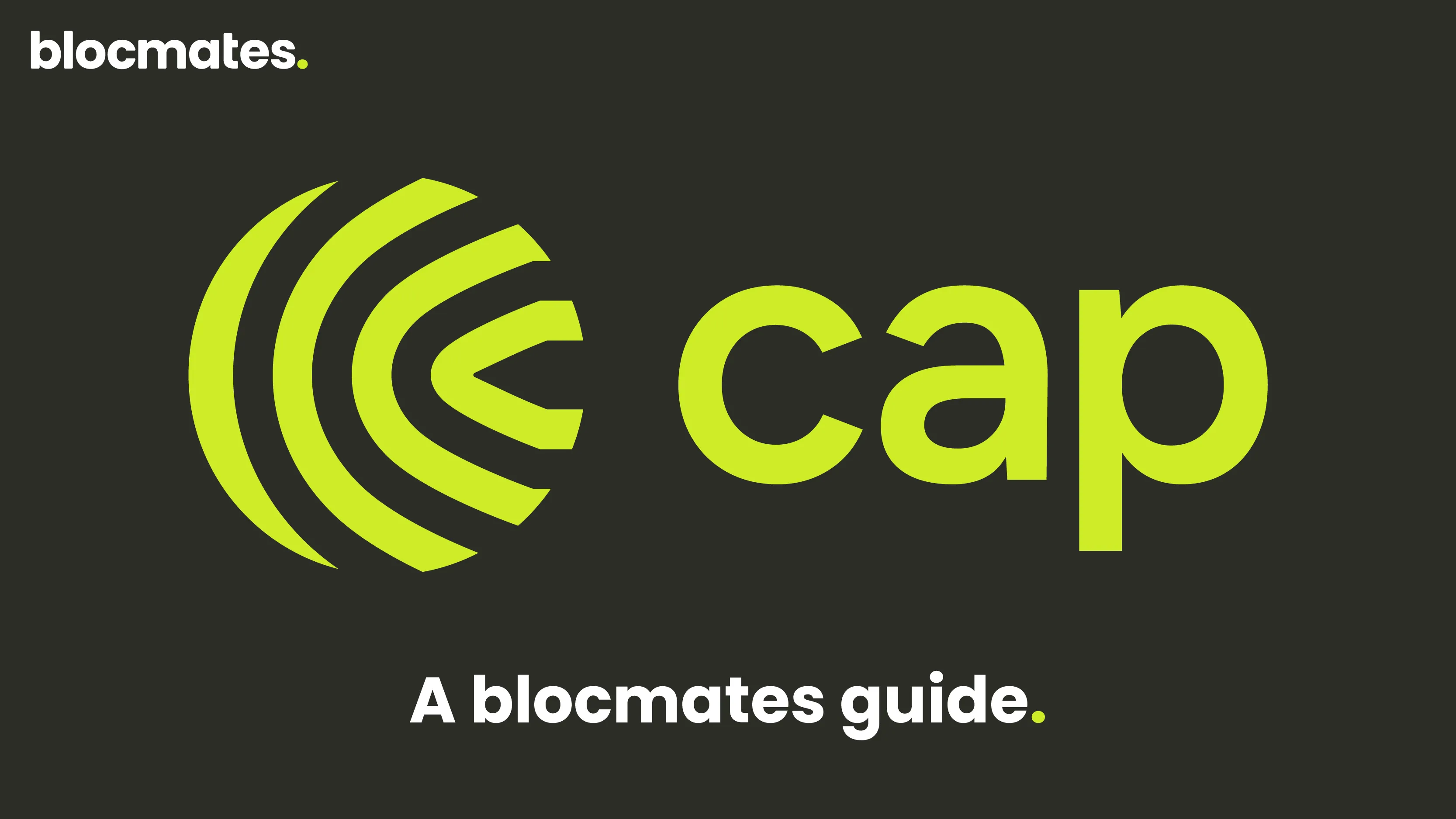










%20the%20Next%20Big%20Unlock%20in%20AI.webp)




.webp)
.webp)

.webp)
.webp)
.webp)


.webp)
.webp)










.webp)


.webp)









.webp)







.webp)
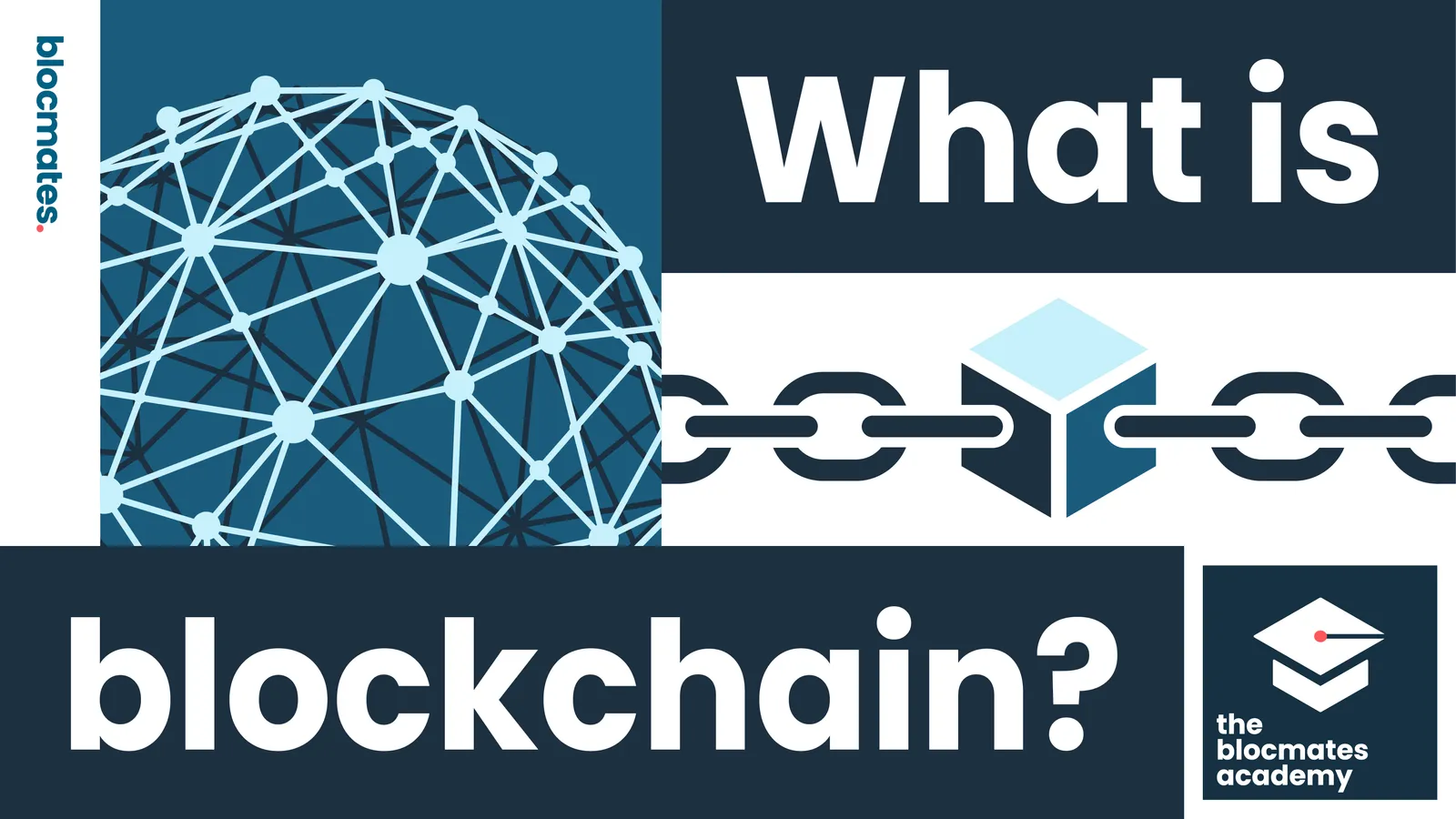



.webp)
















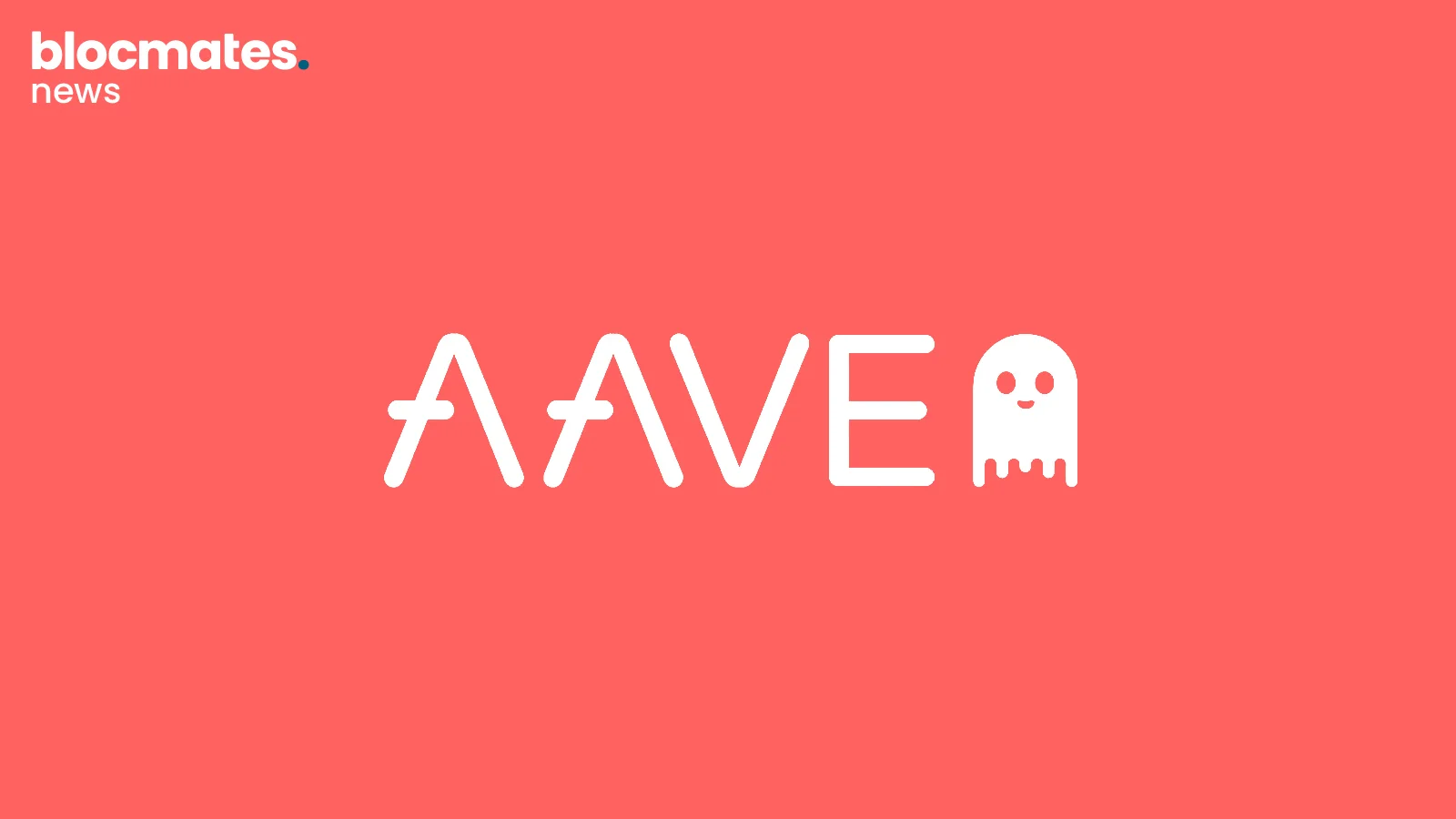
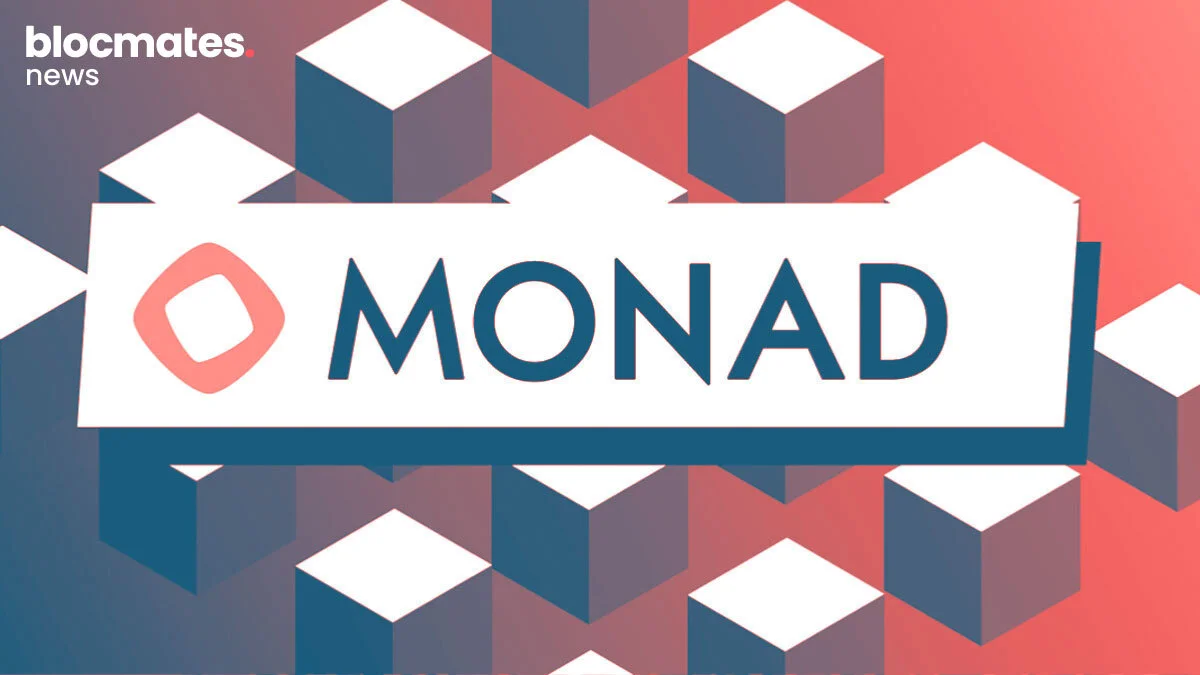
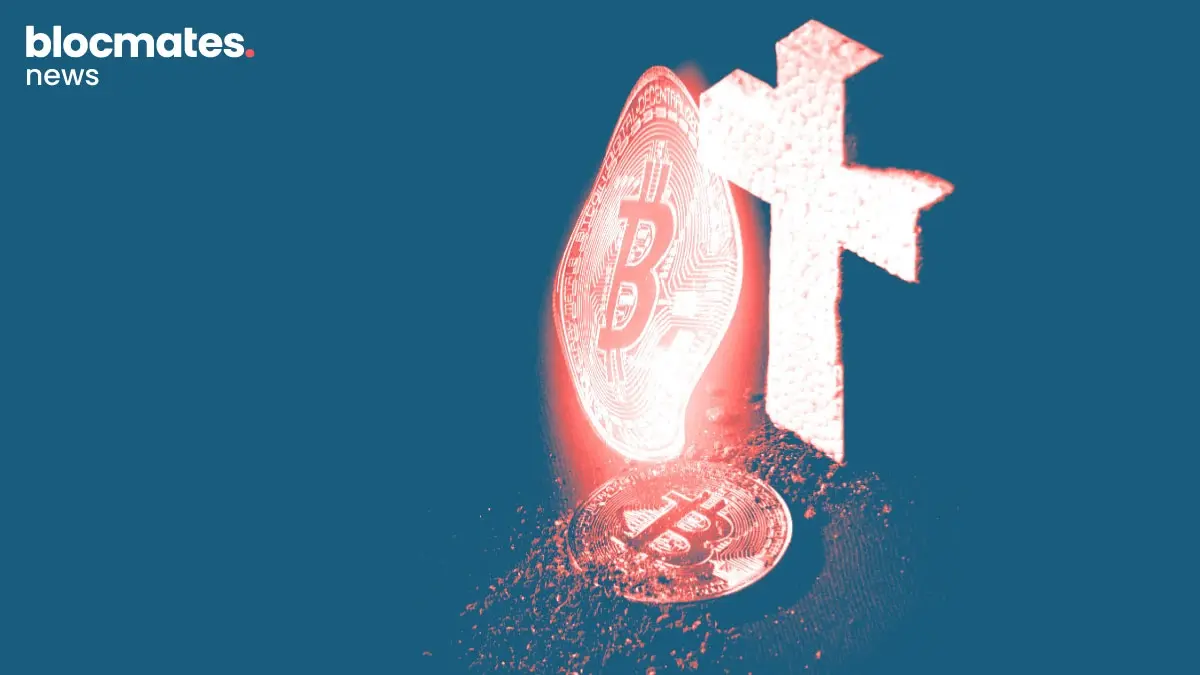



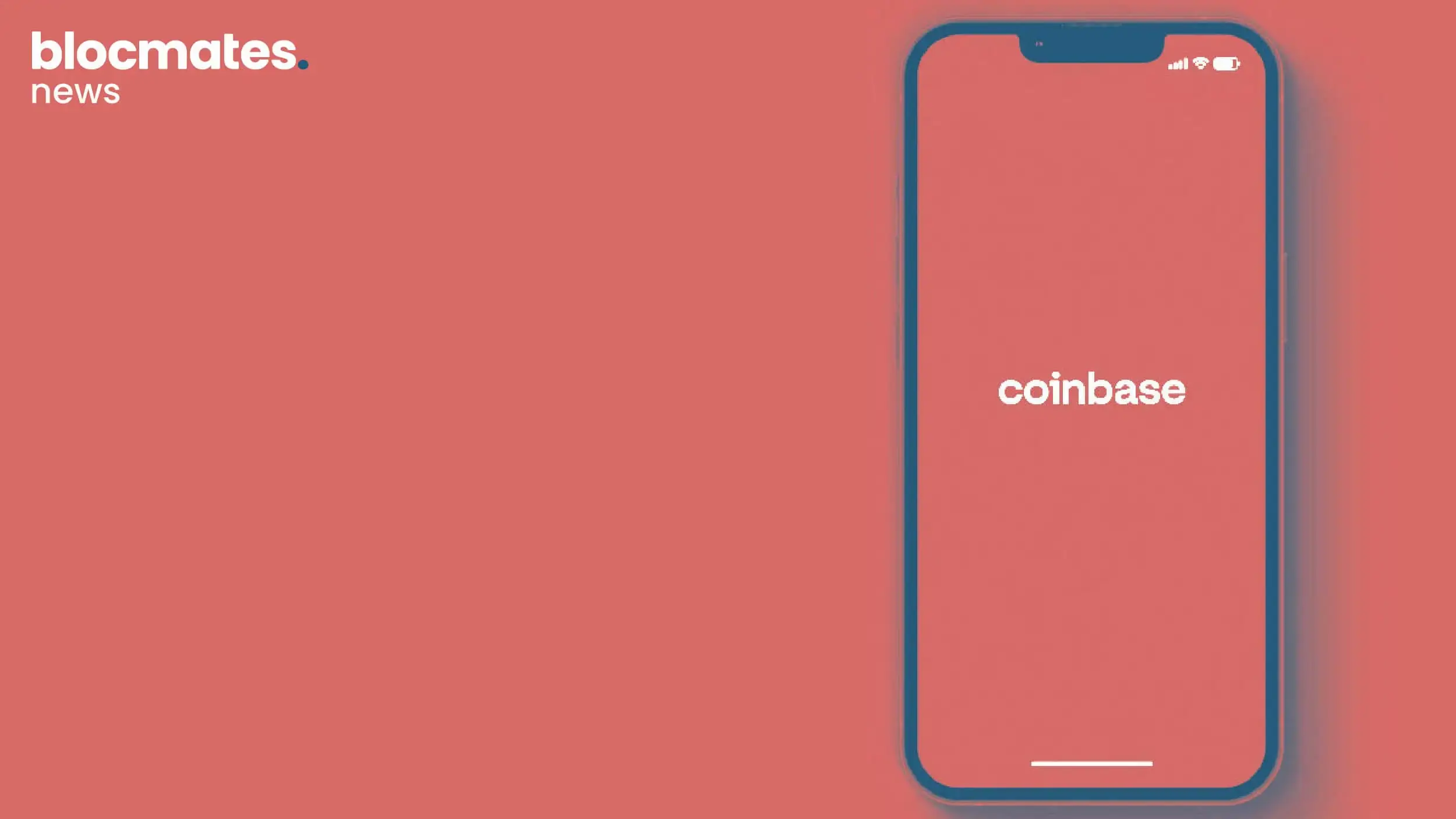



.webp)
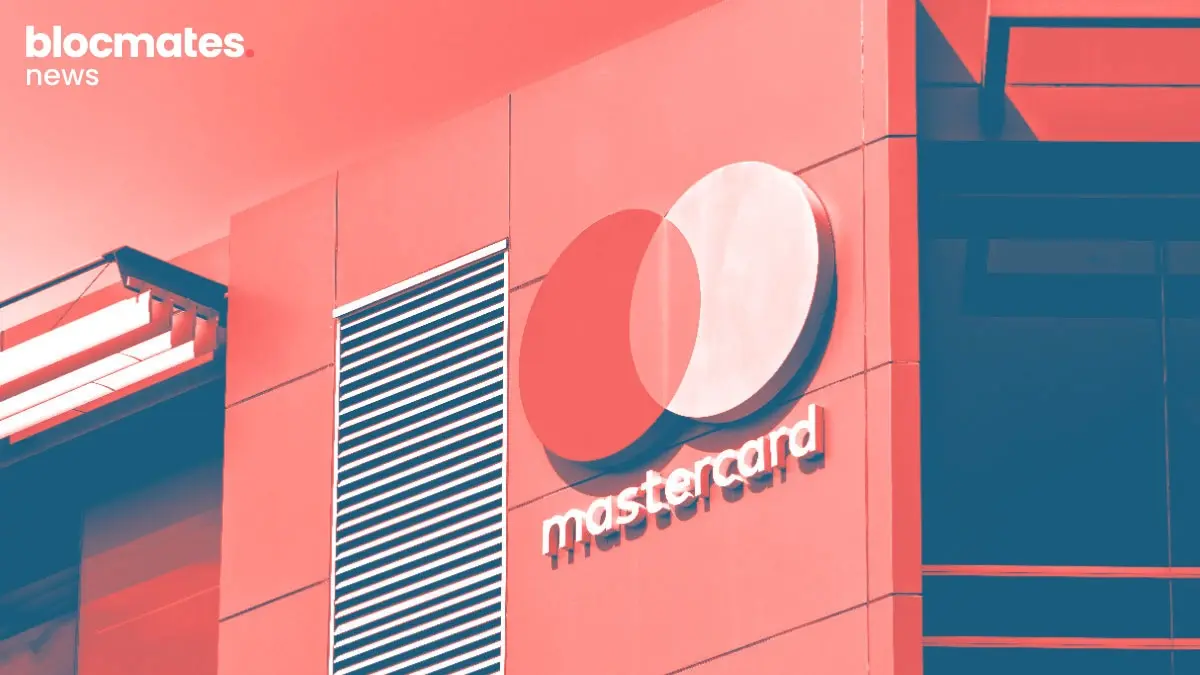


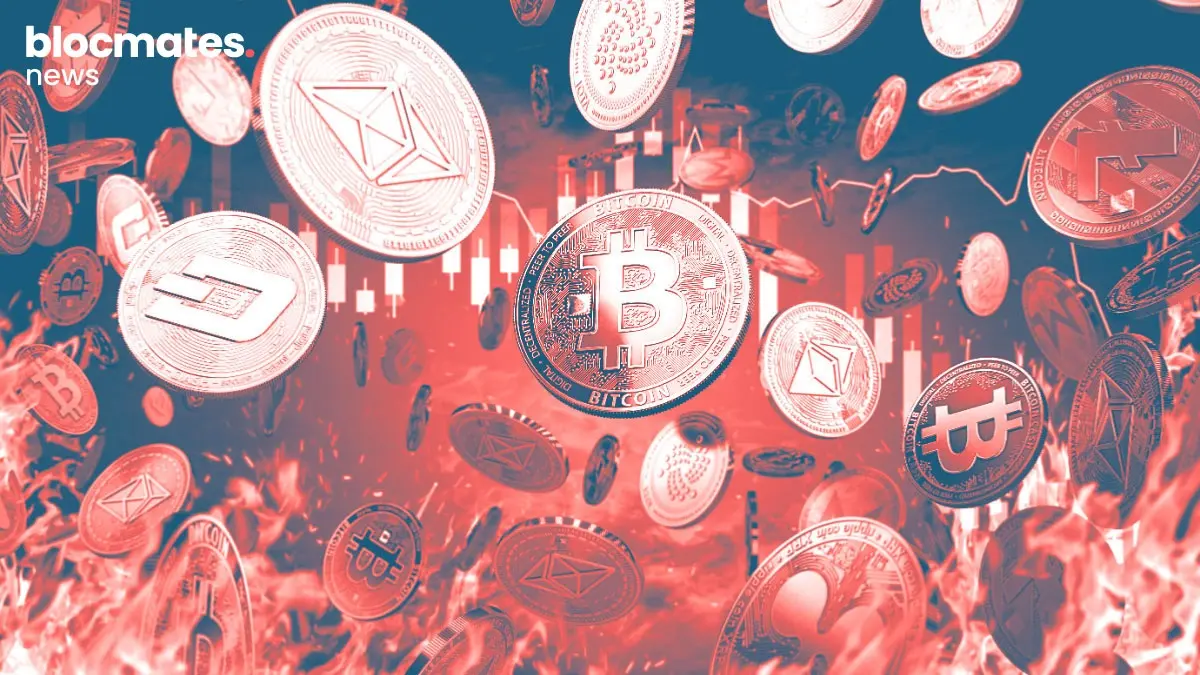



.webp)


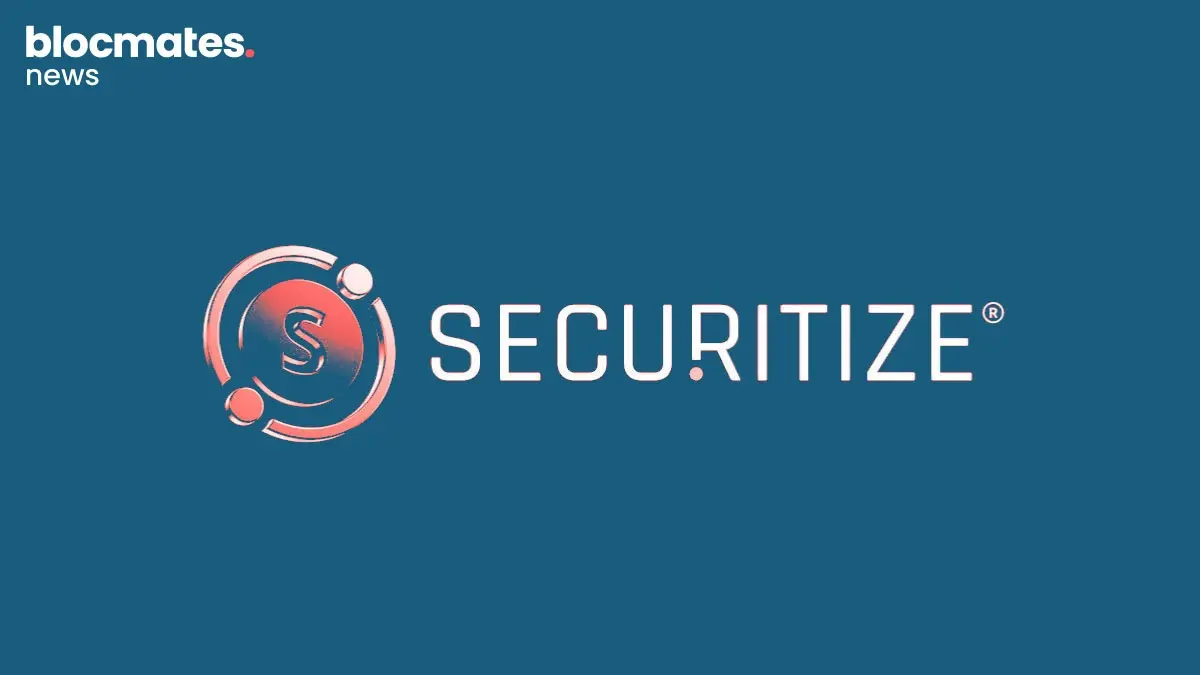

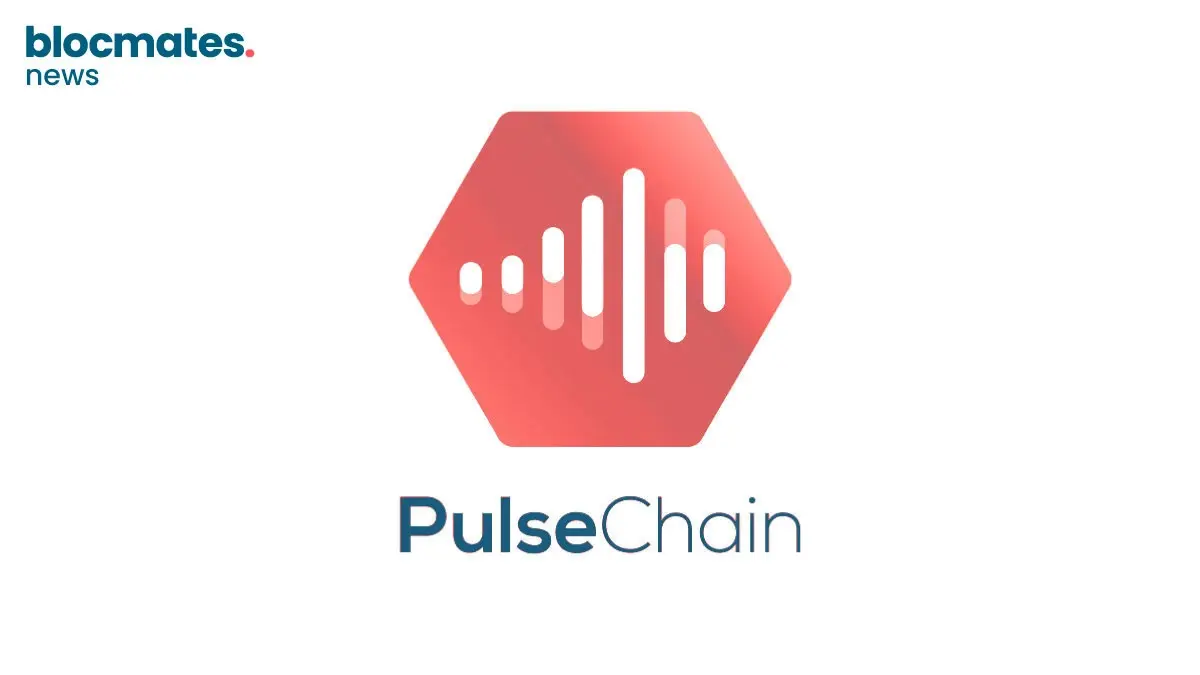
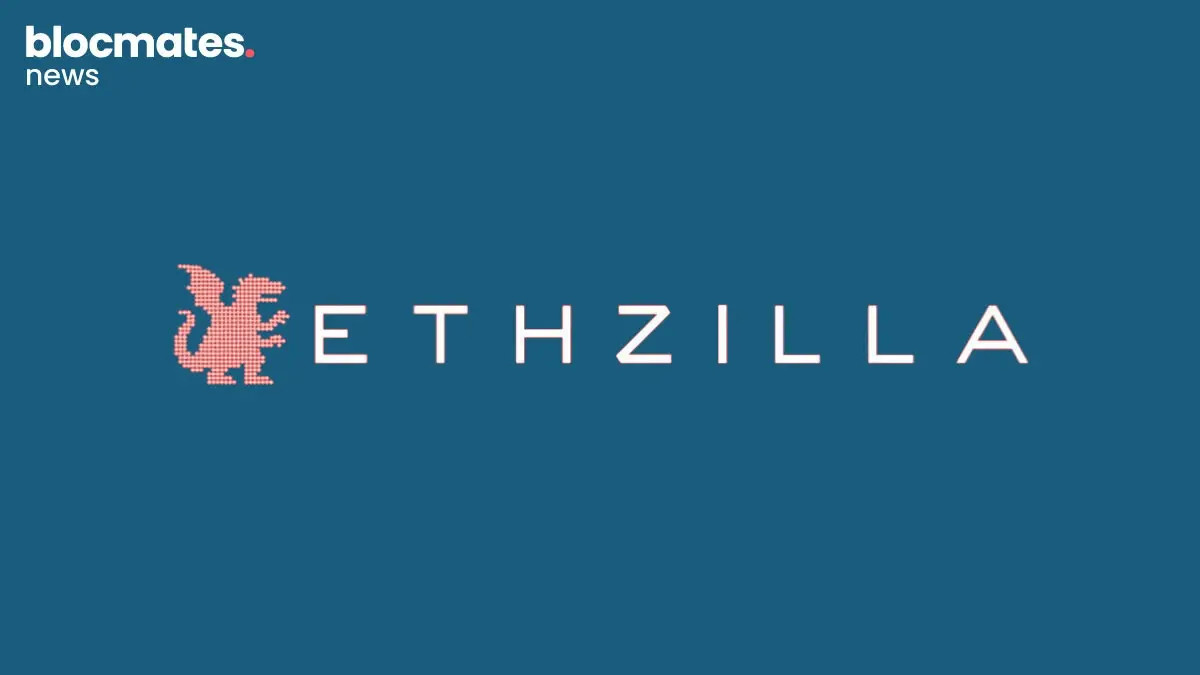
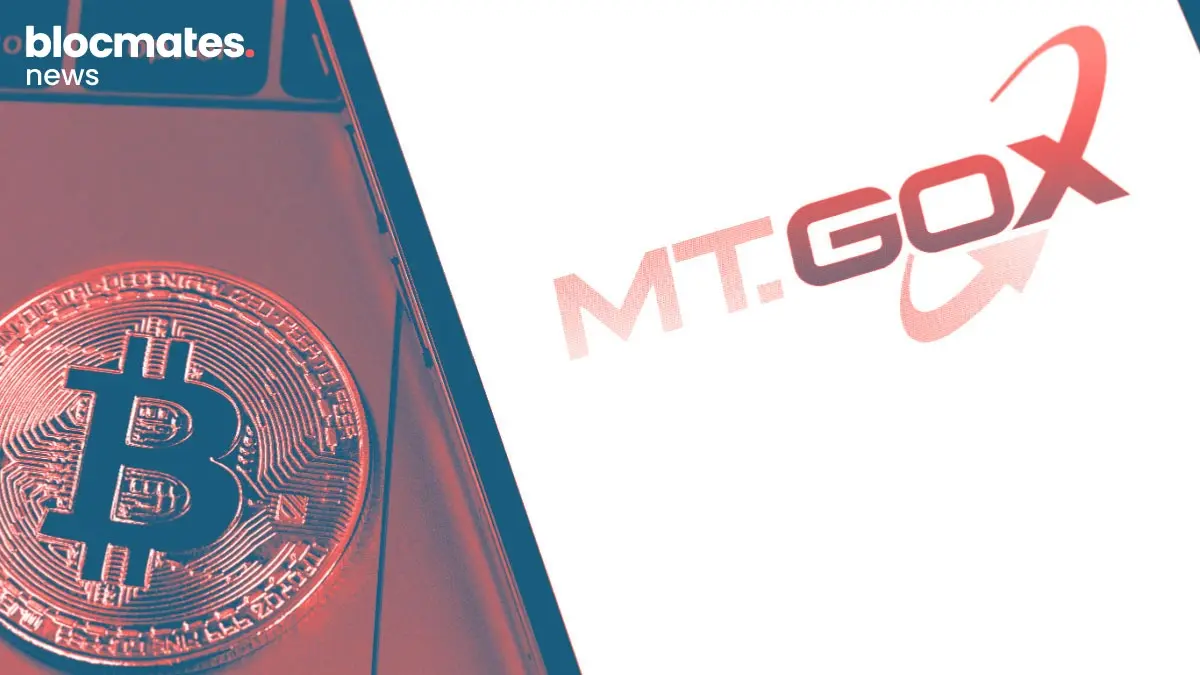
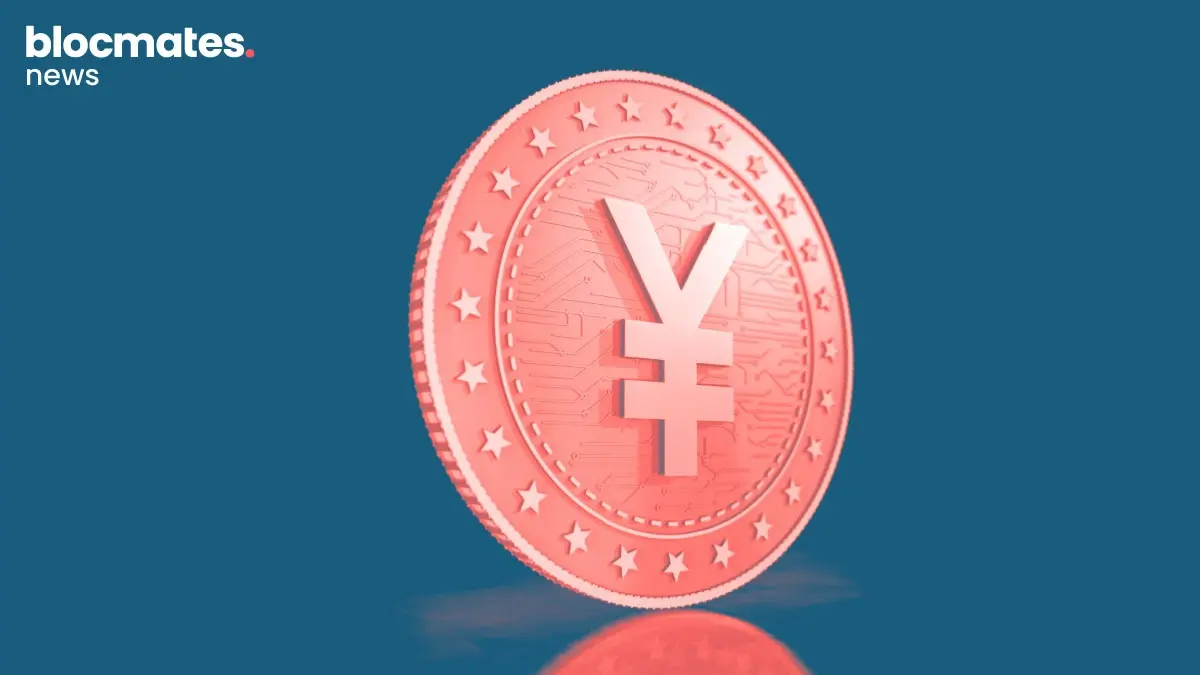
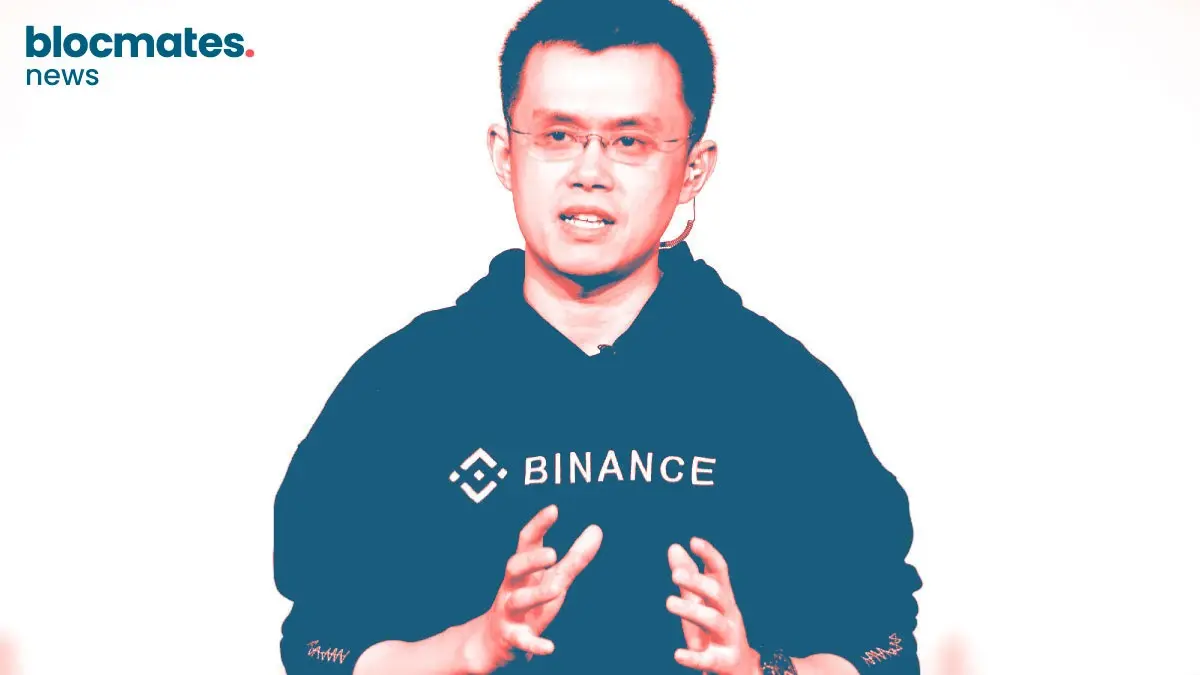


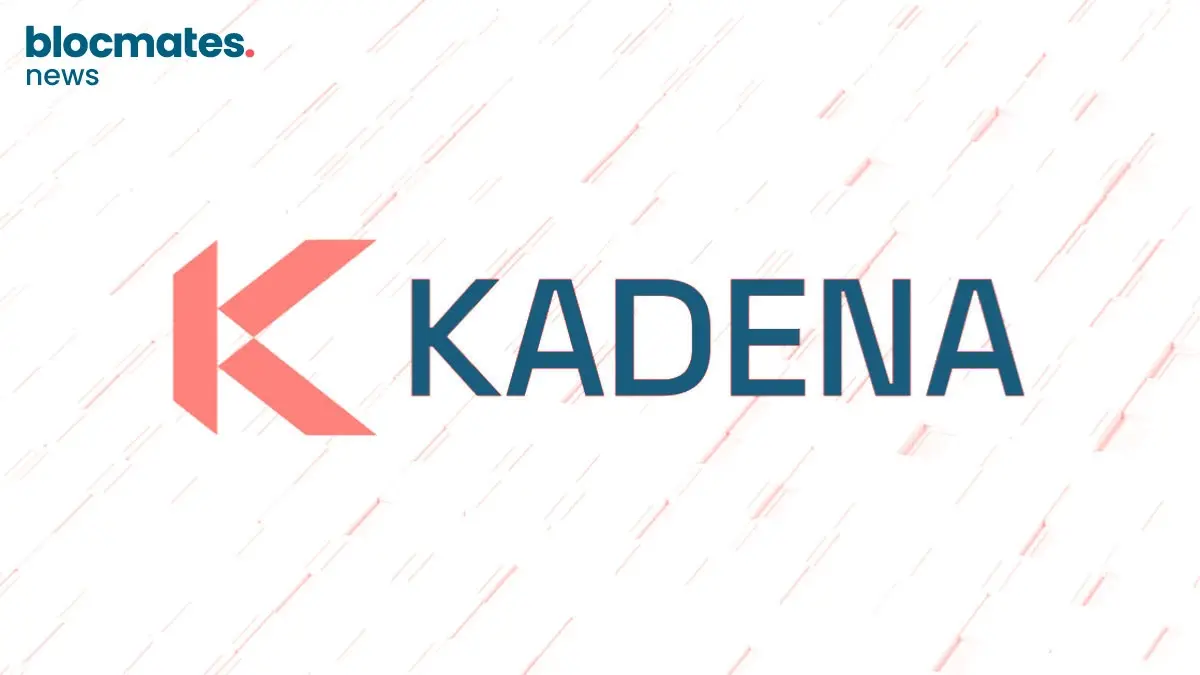

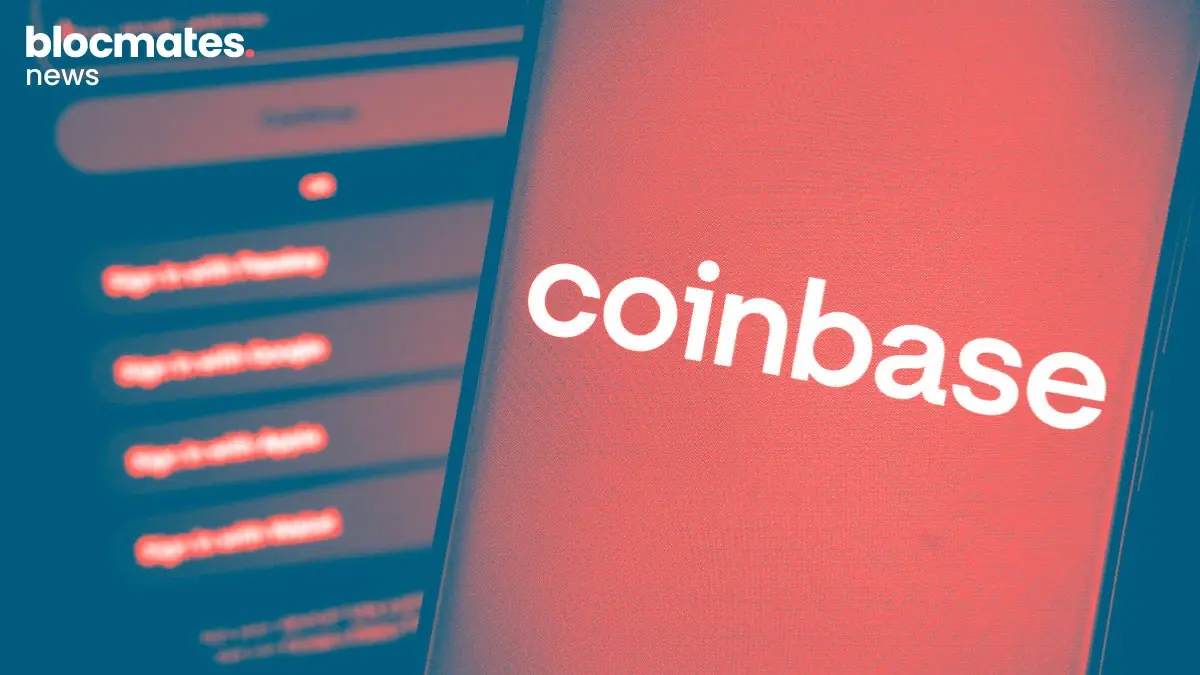
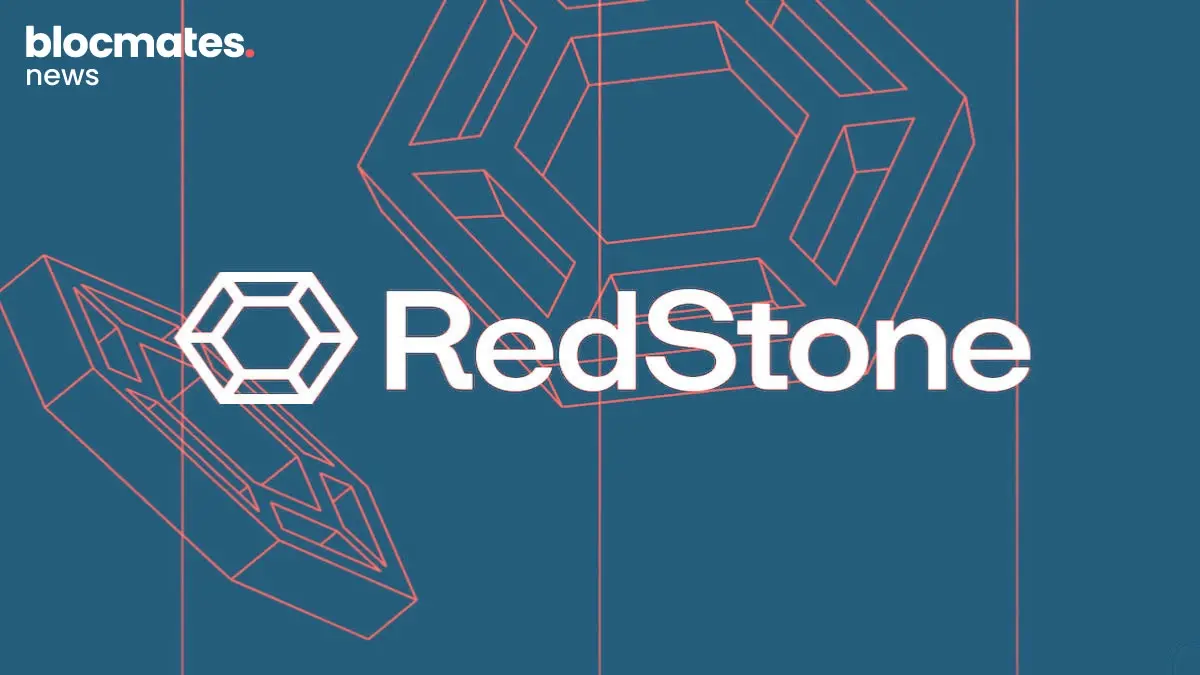
.webp)
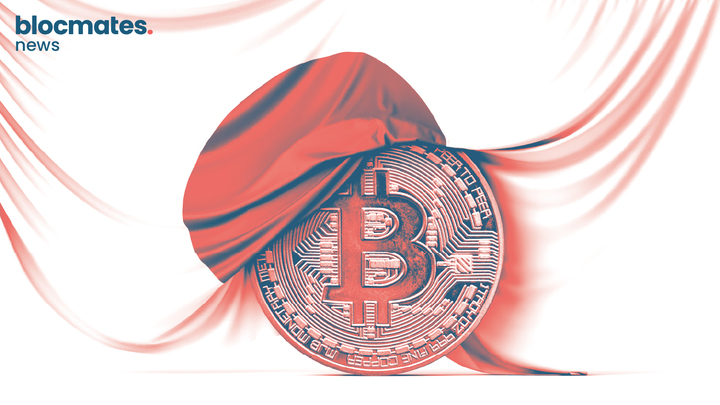
.webp)
.webp)

.webp)


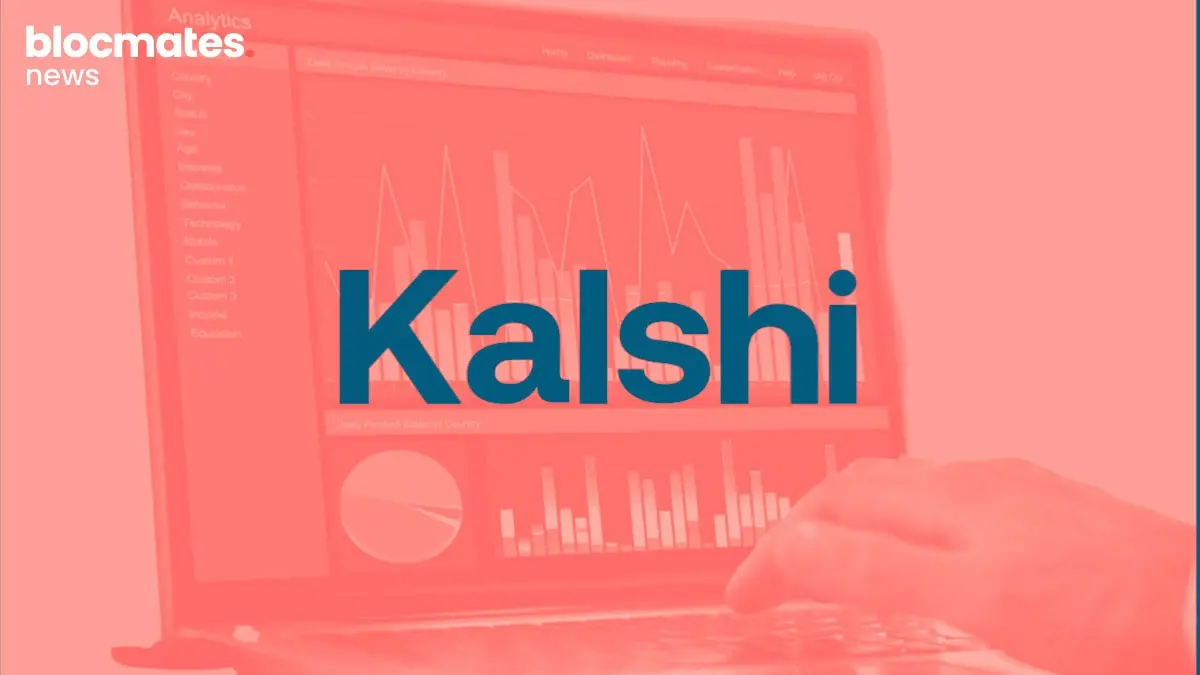
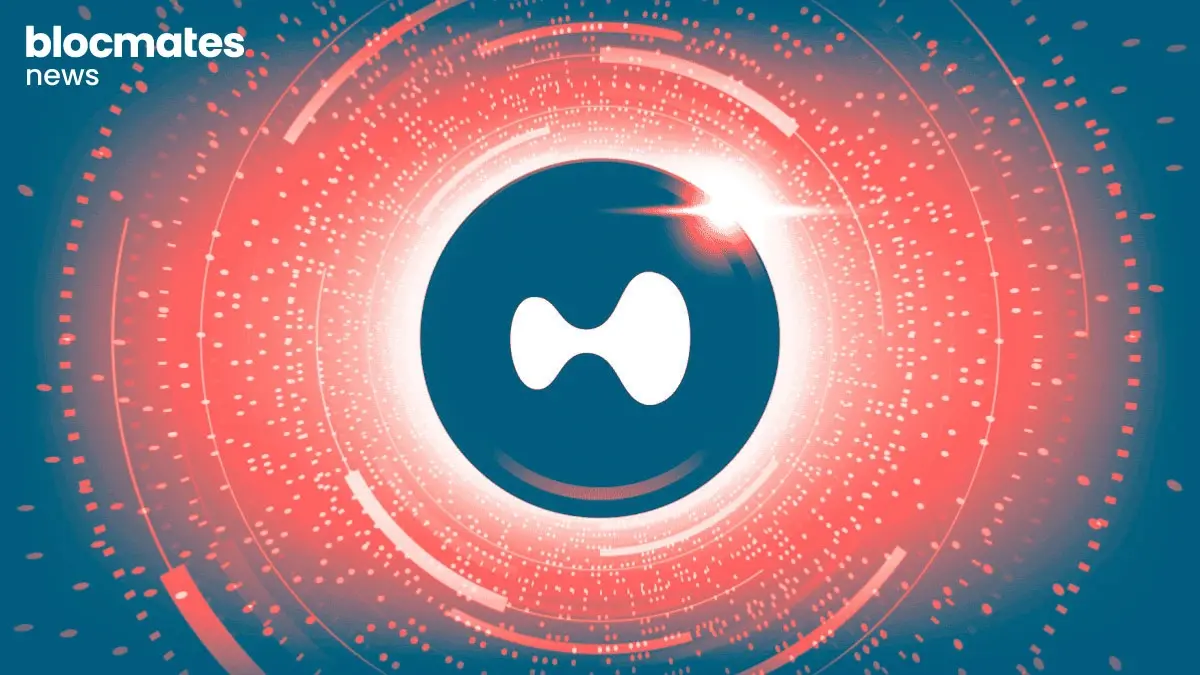



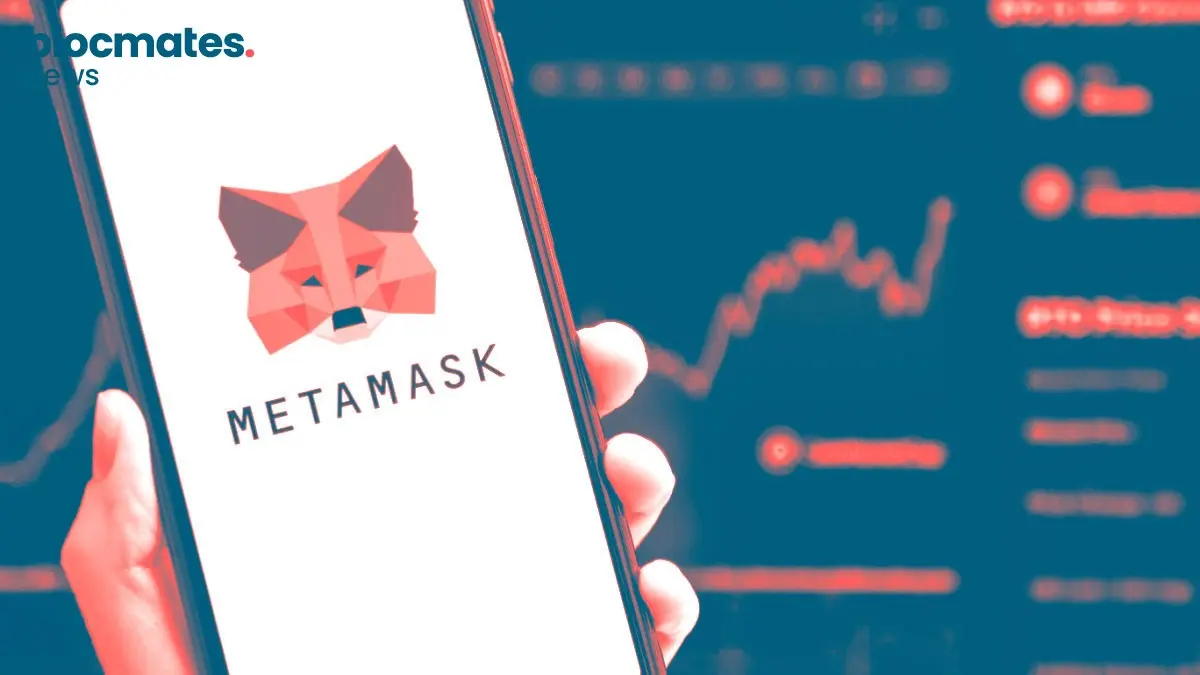
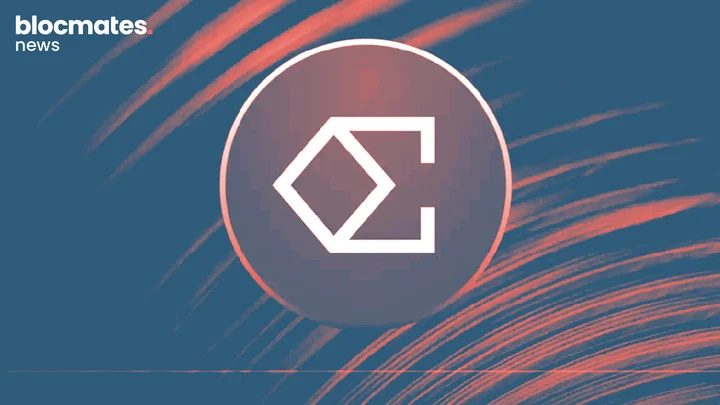


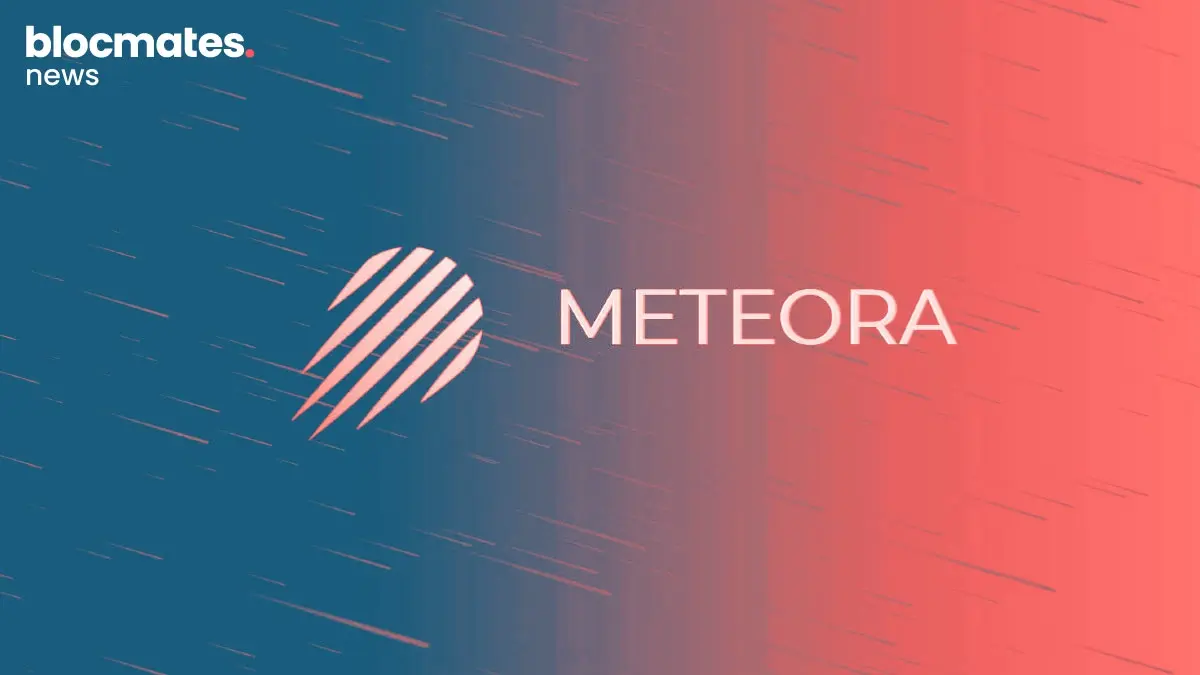


.webp)

.webp)

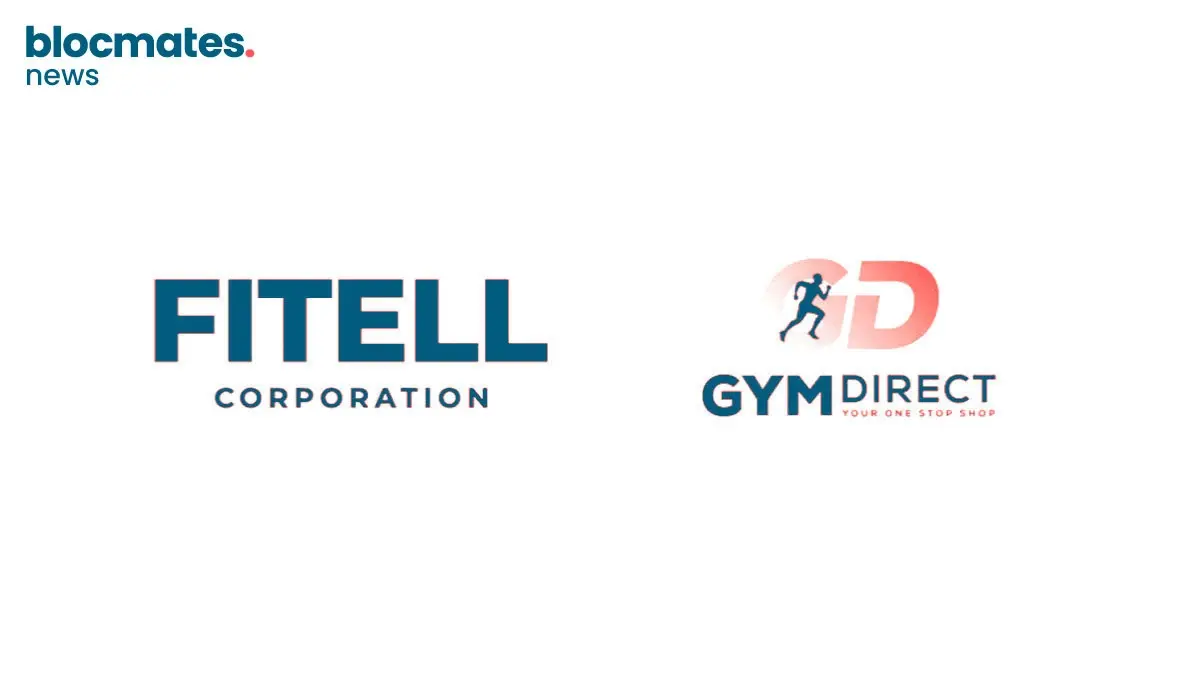
.webp)



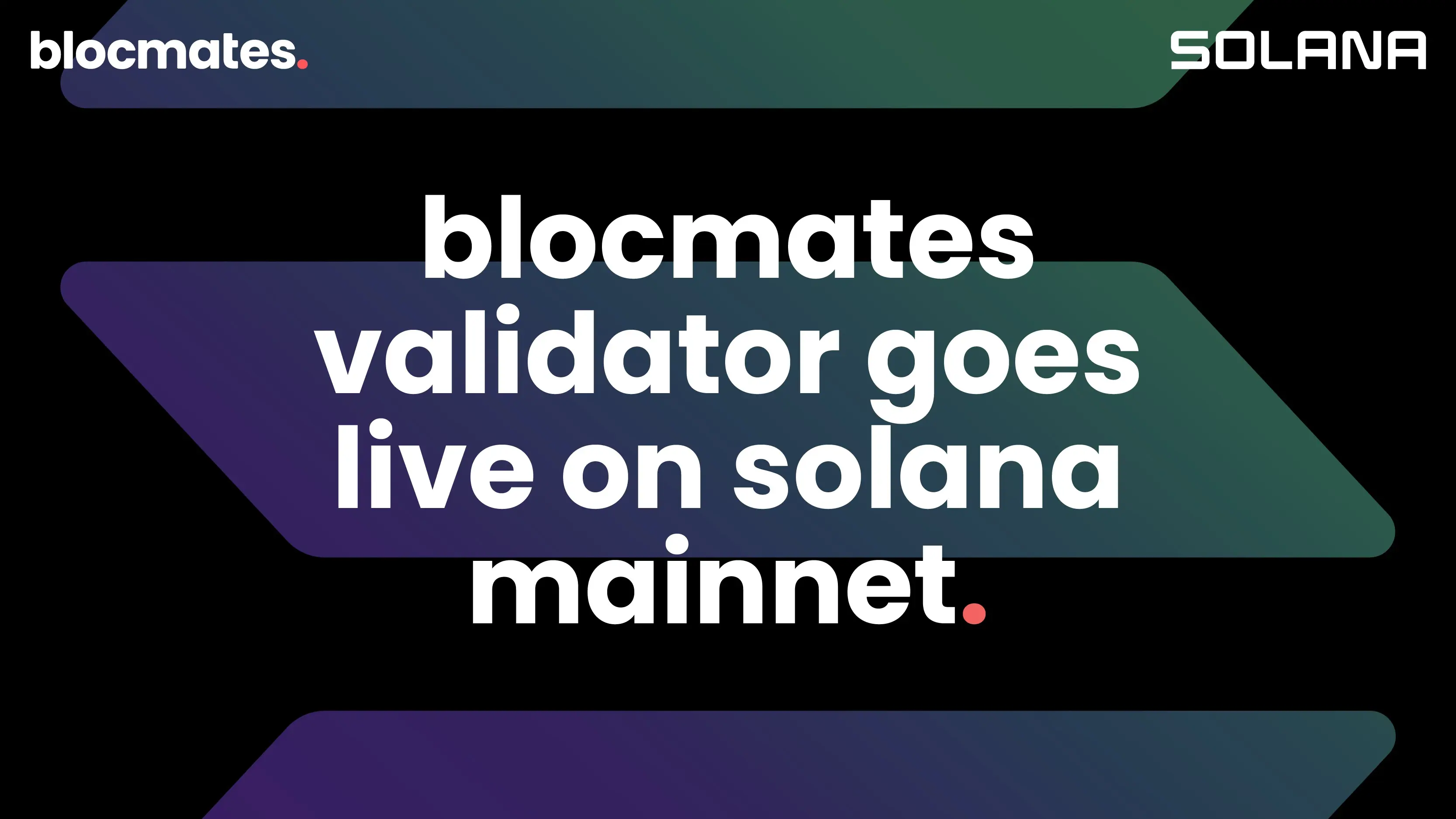
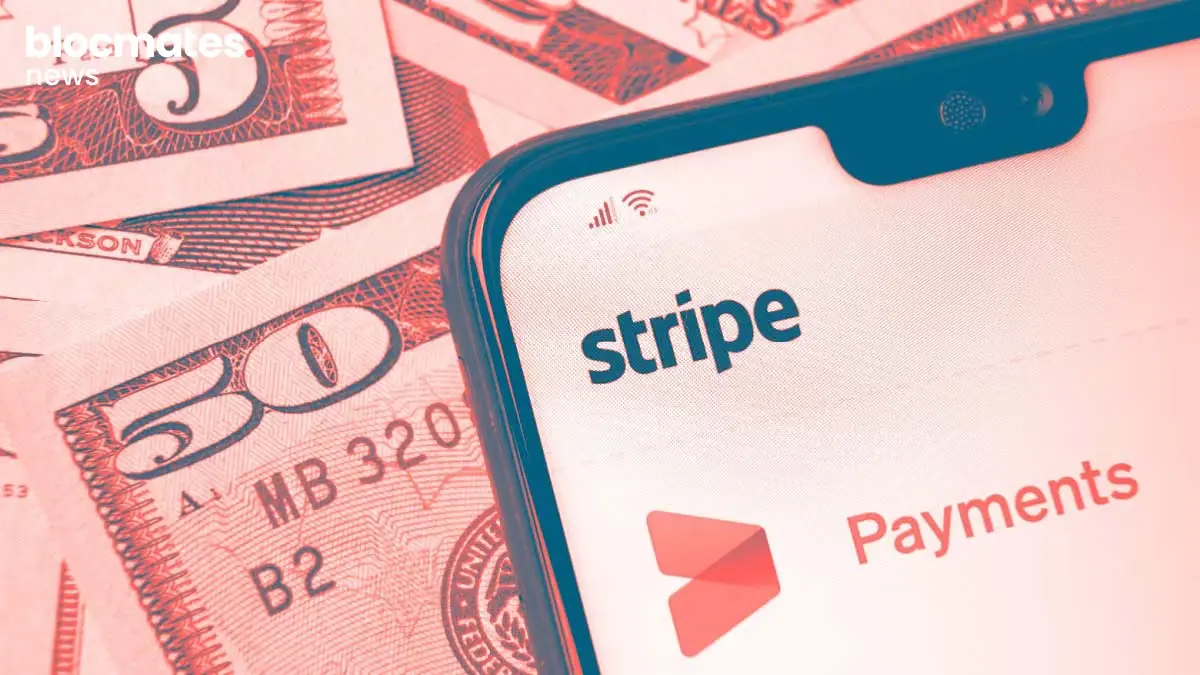



.webp)
